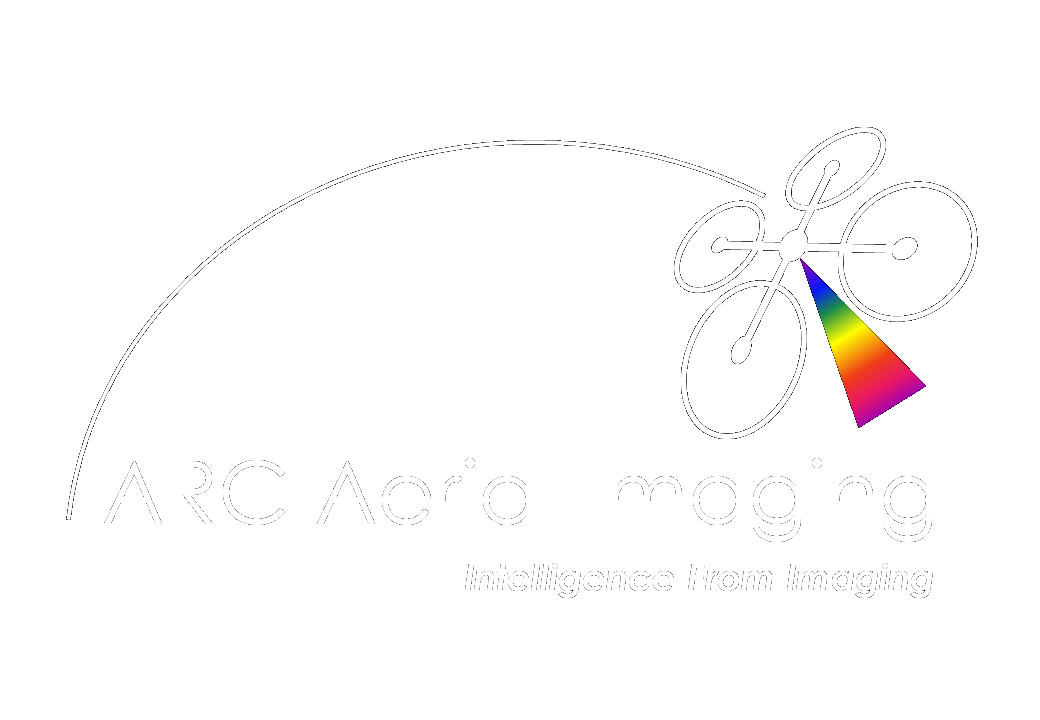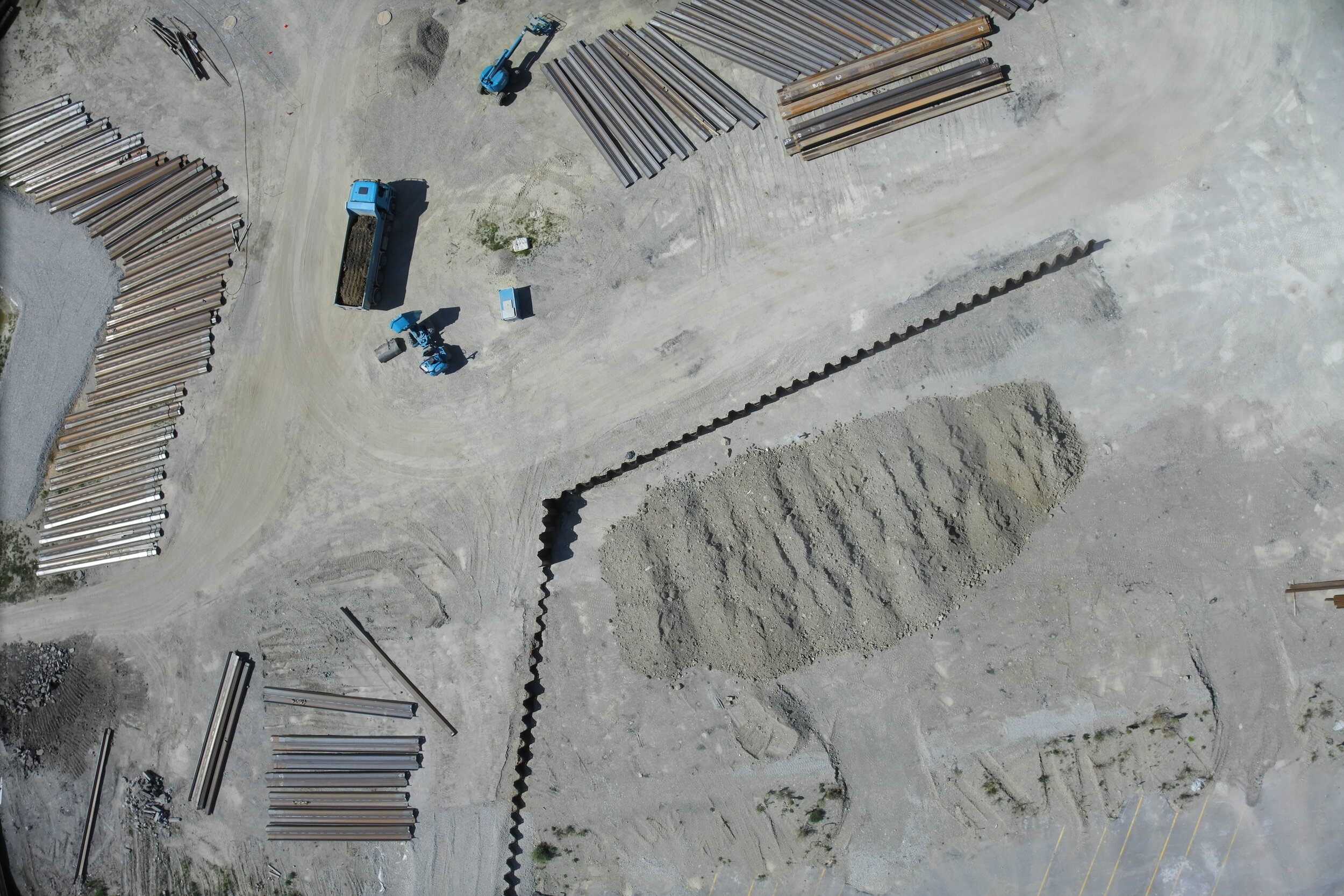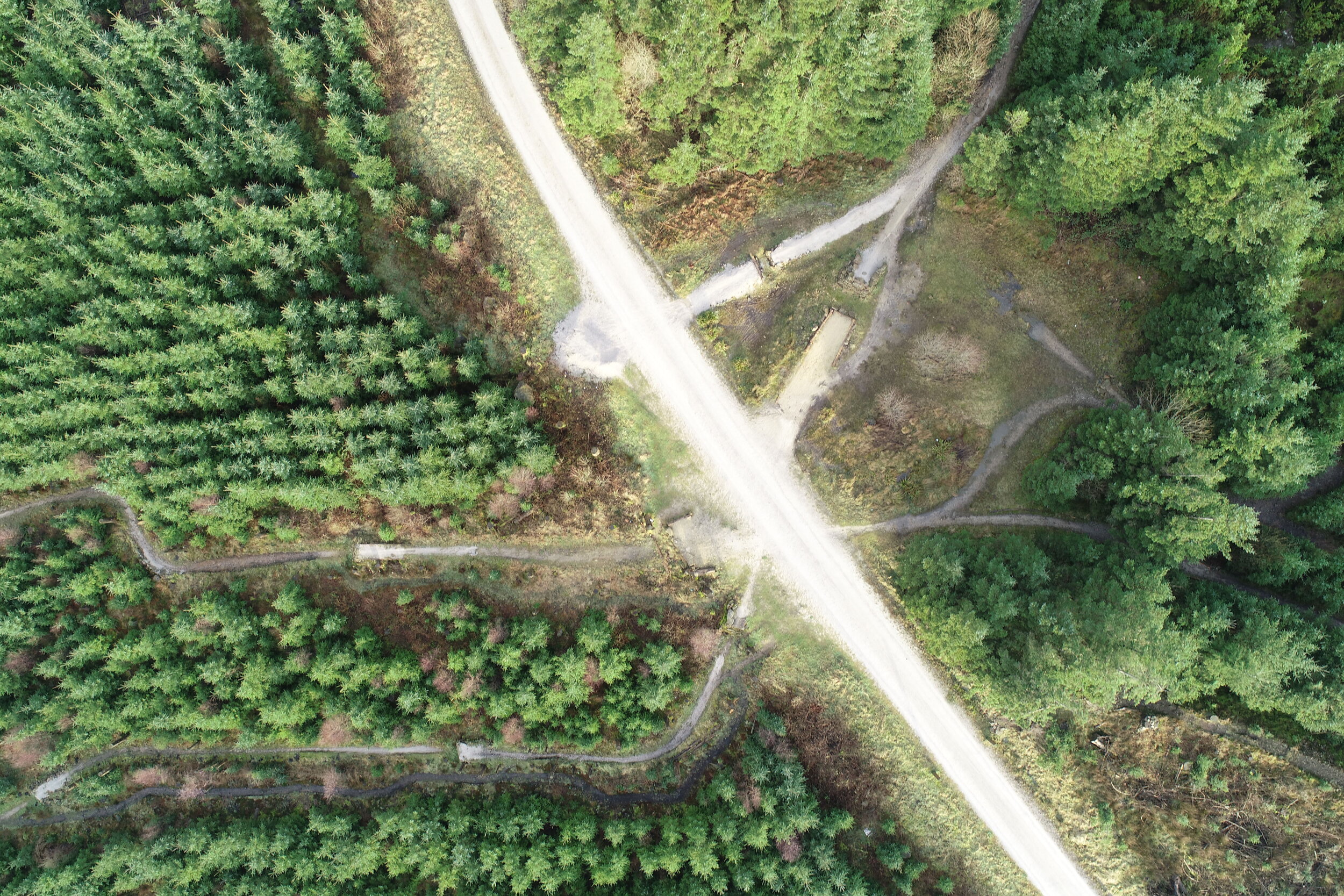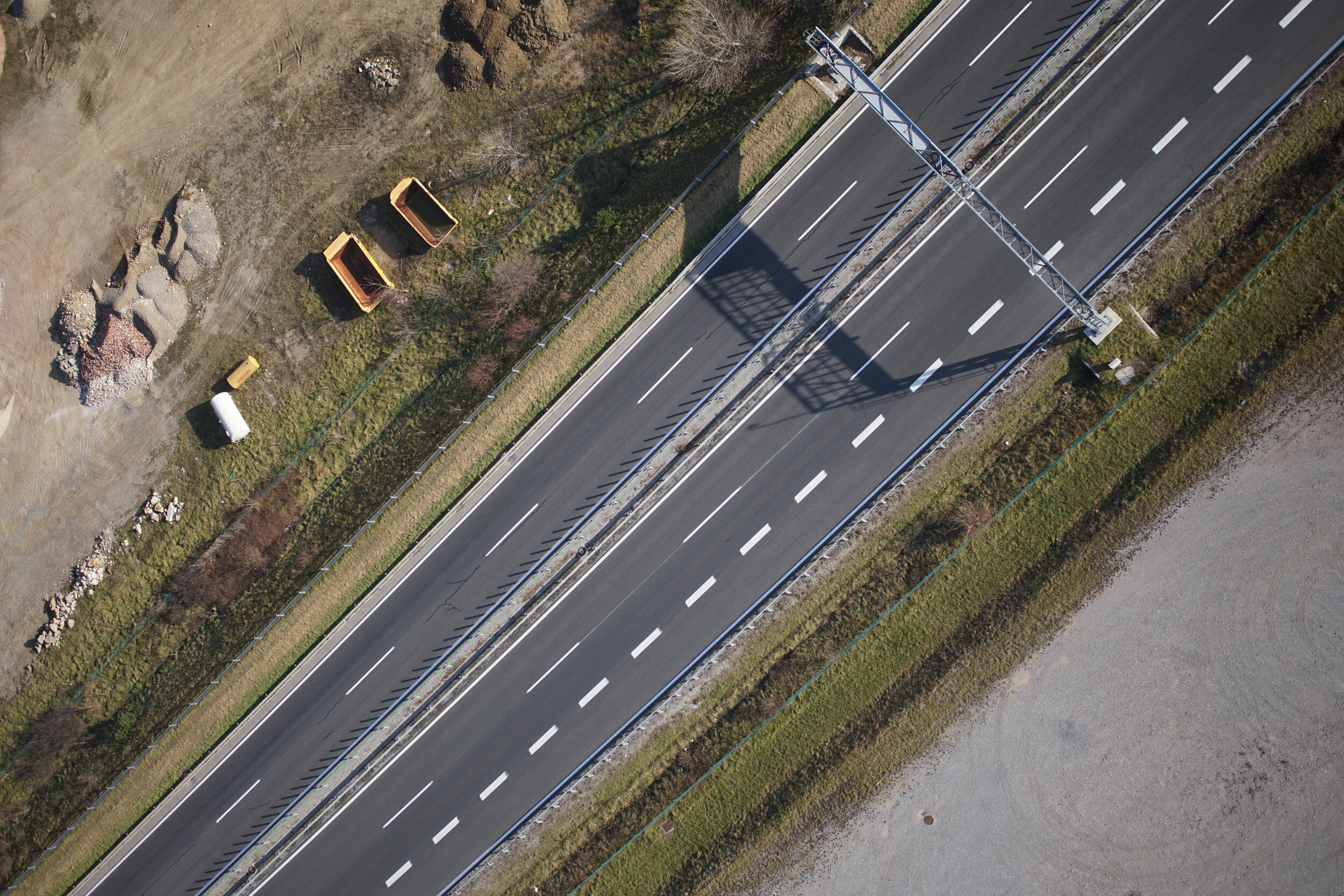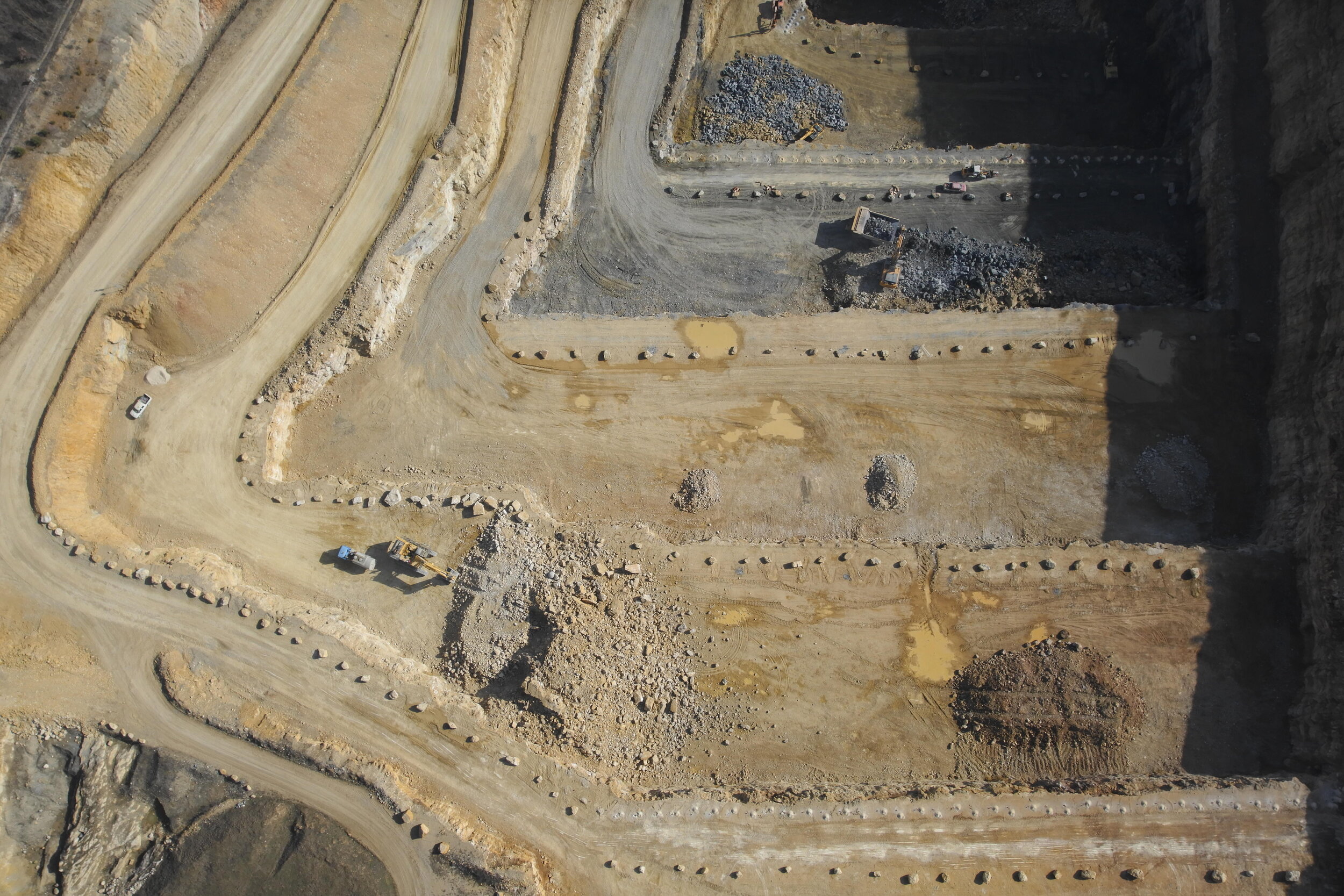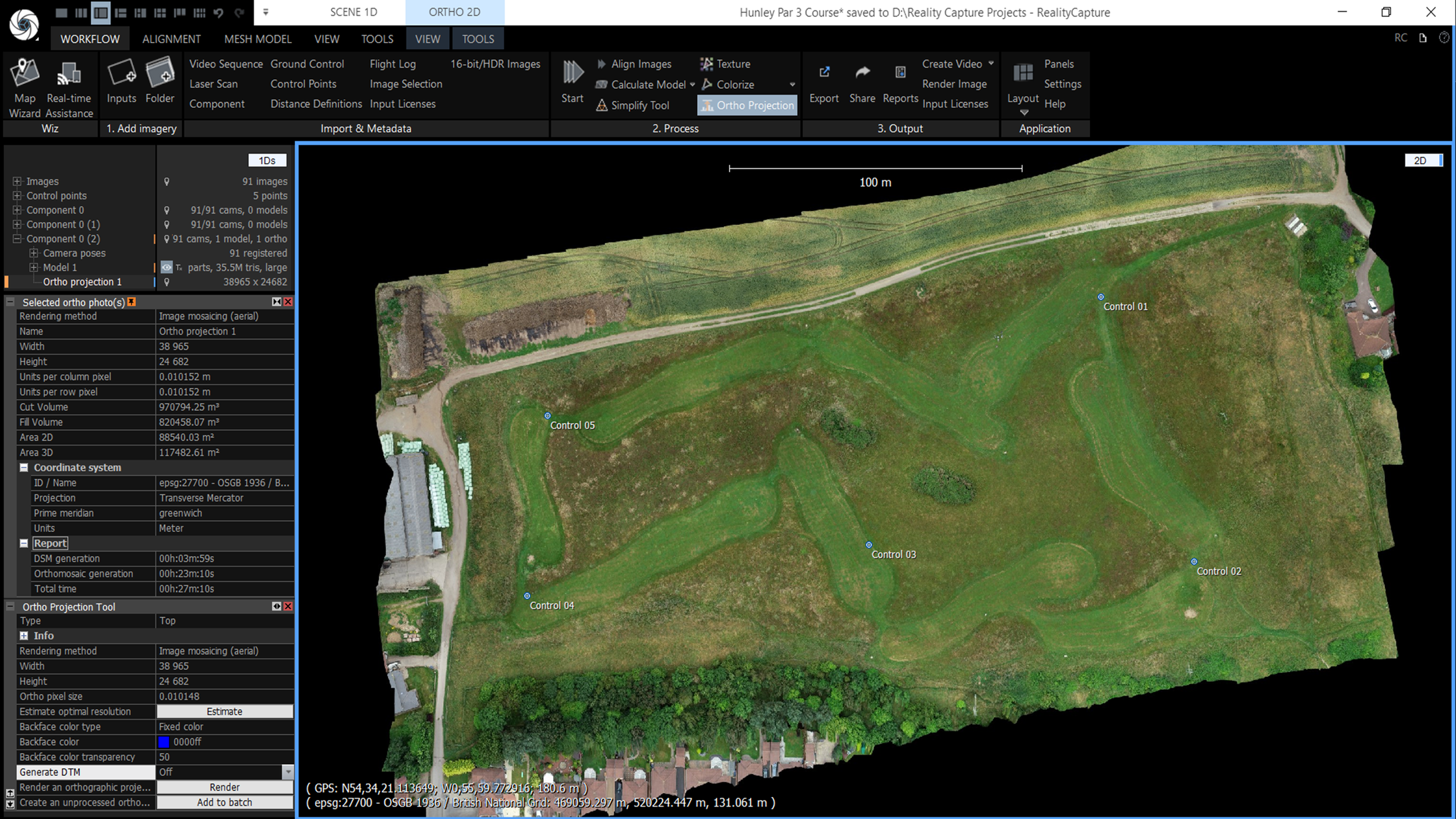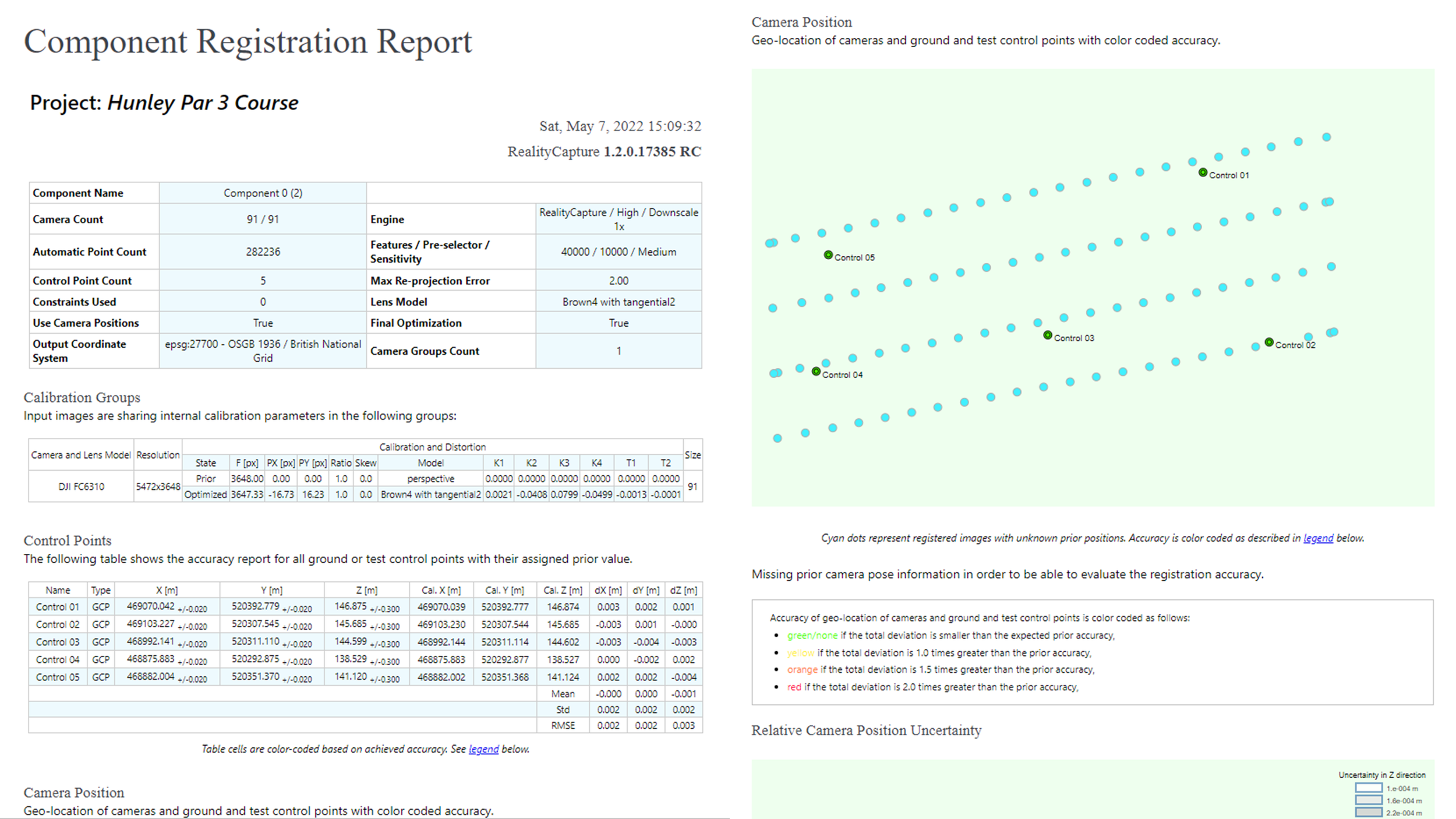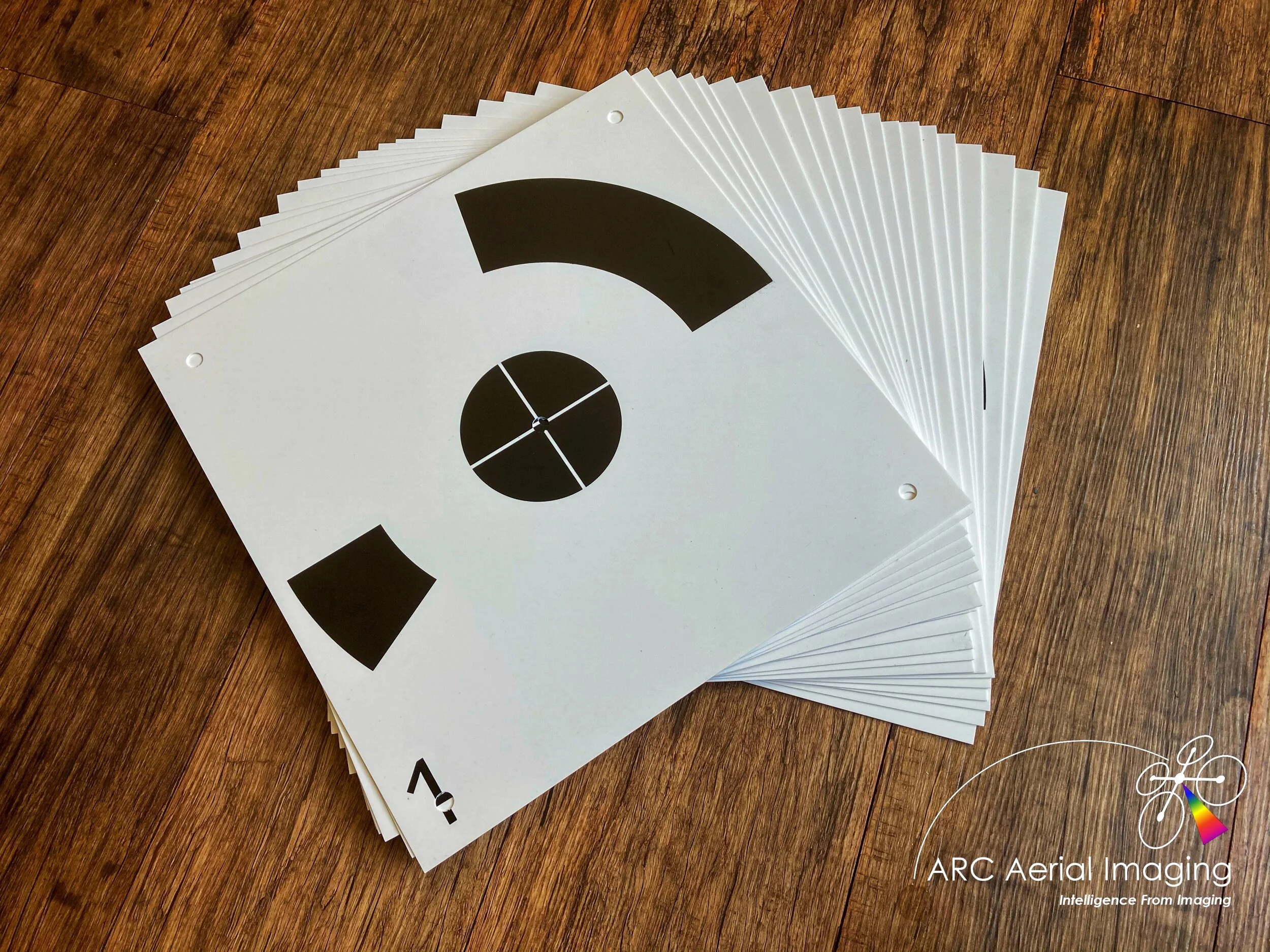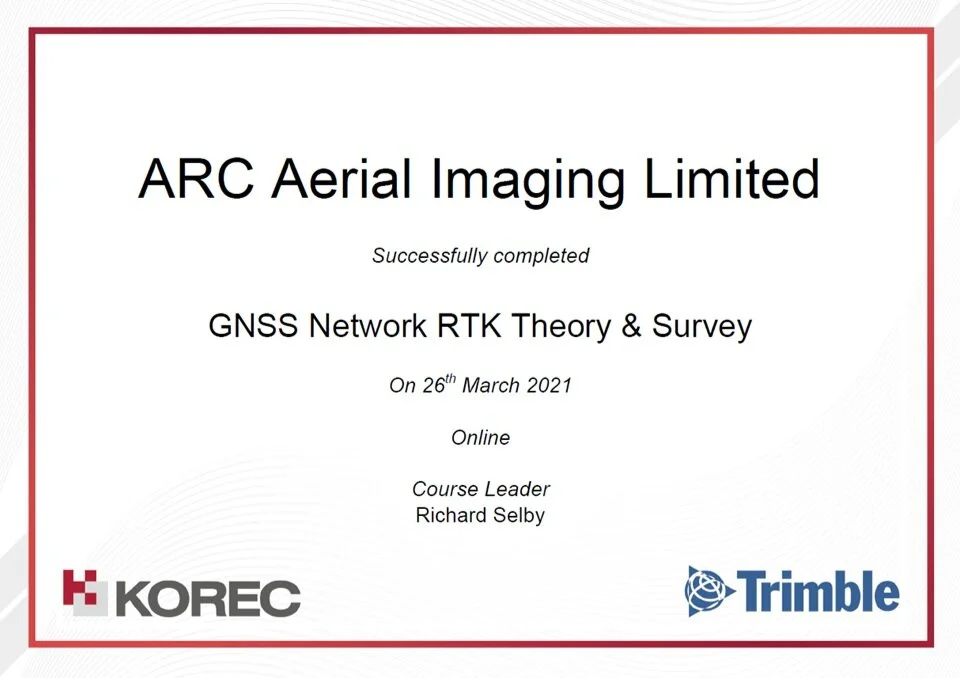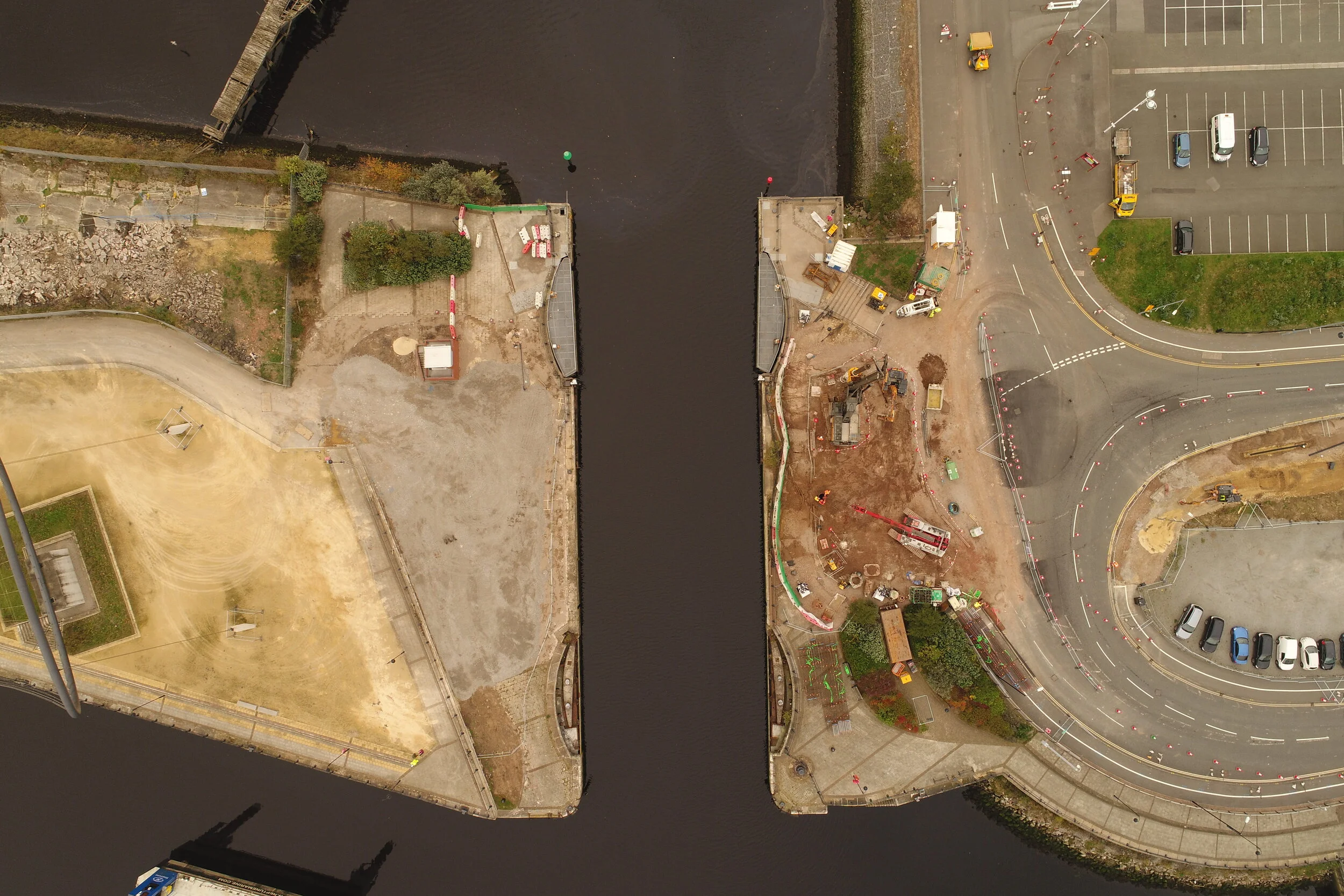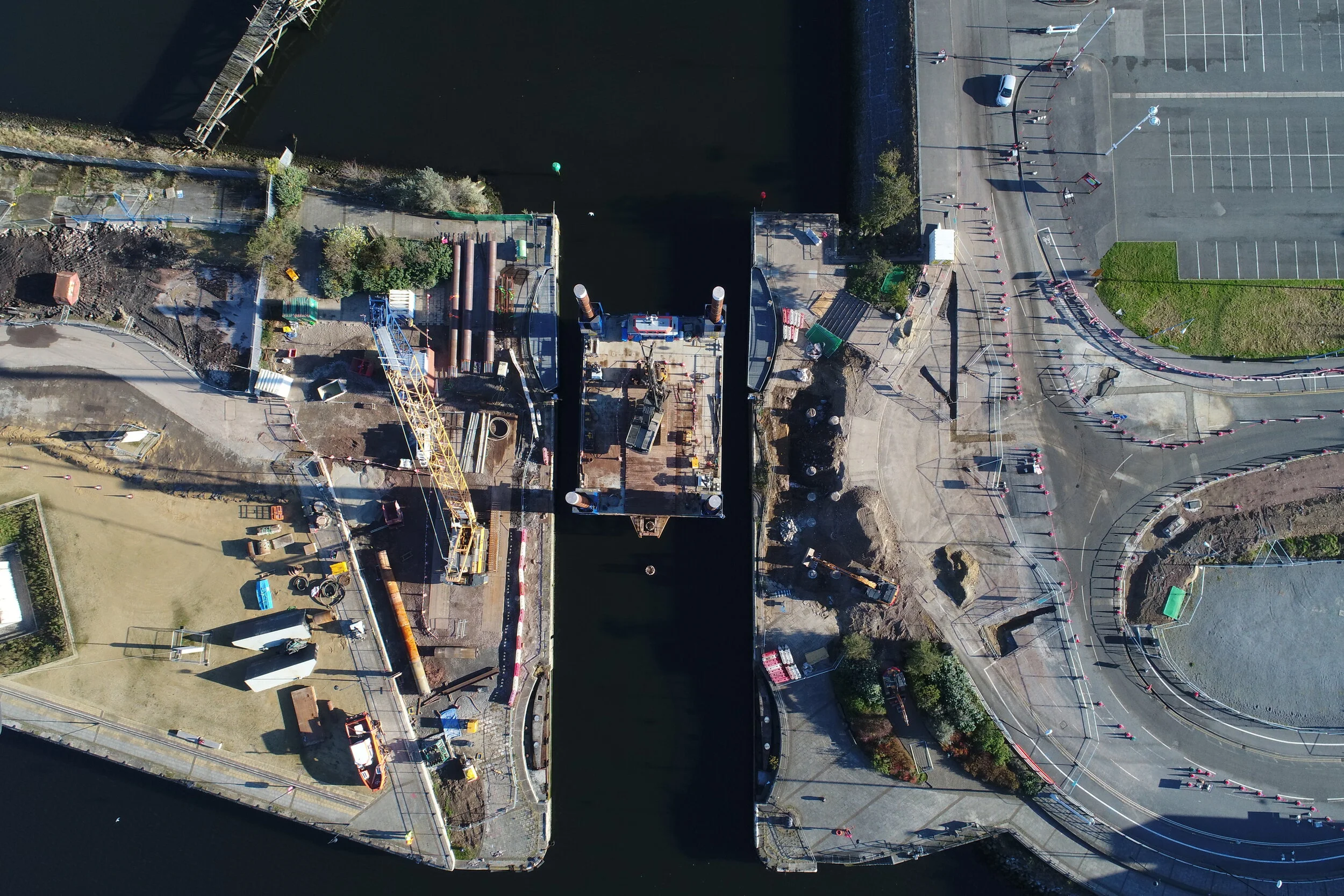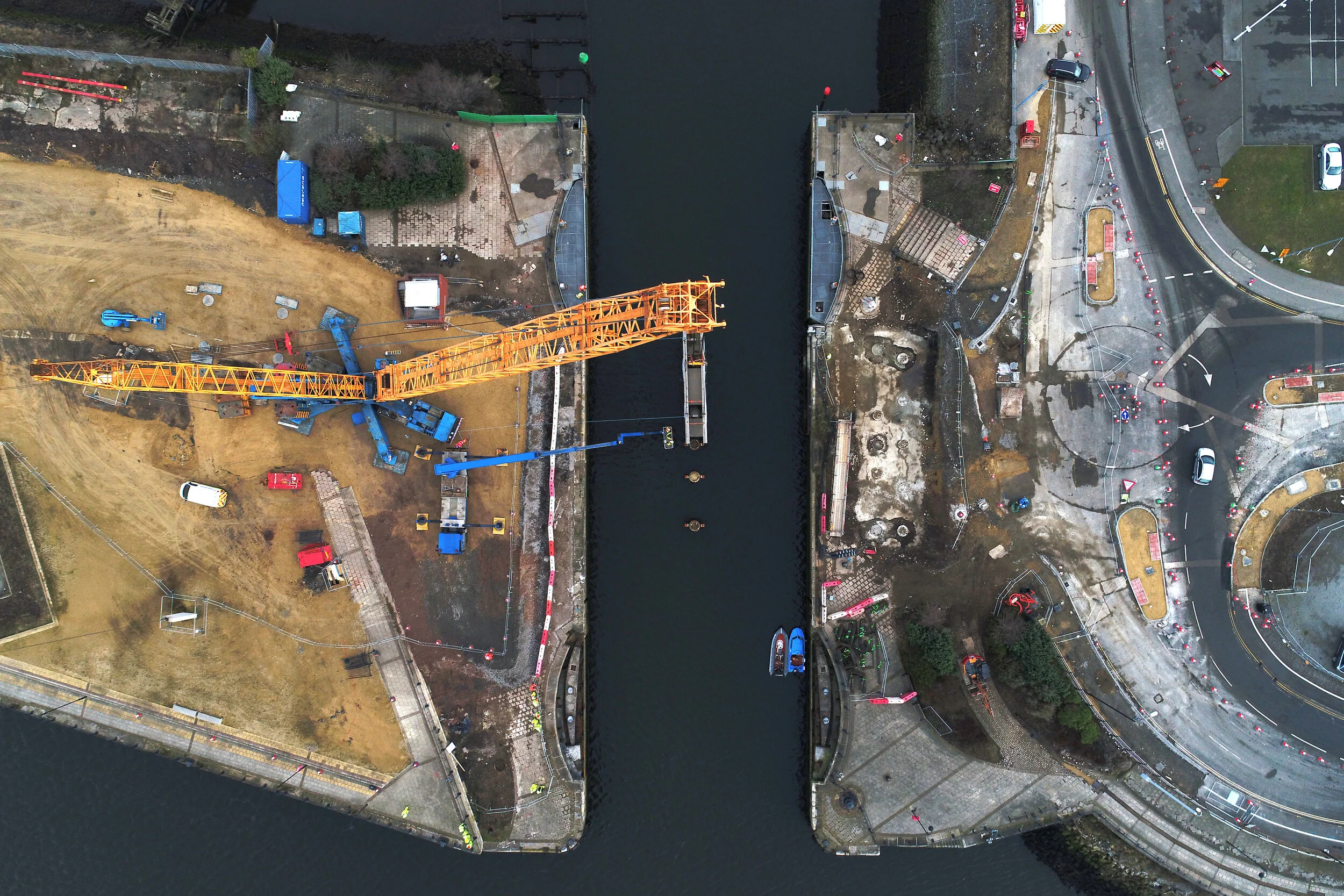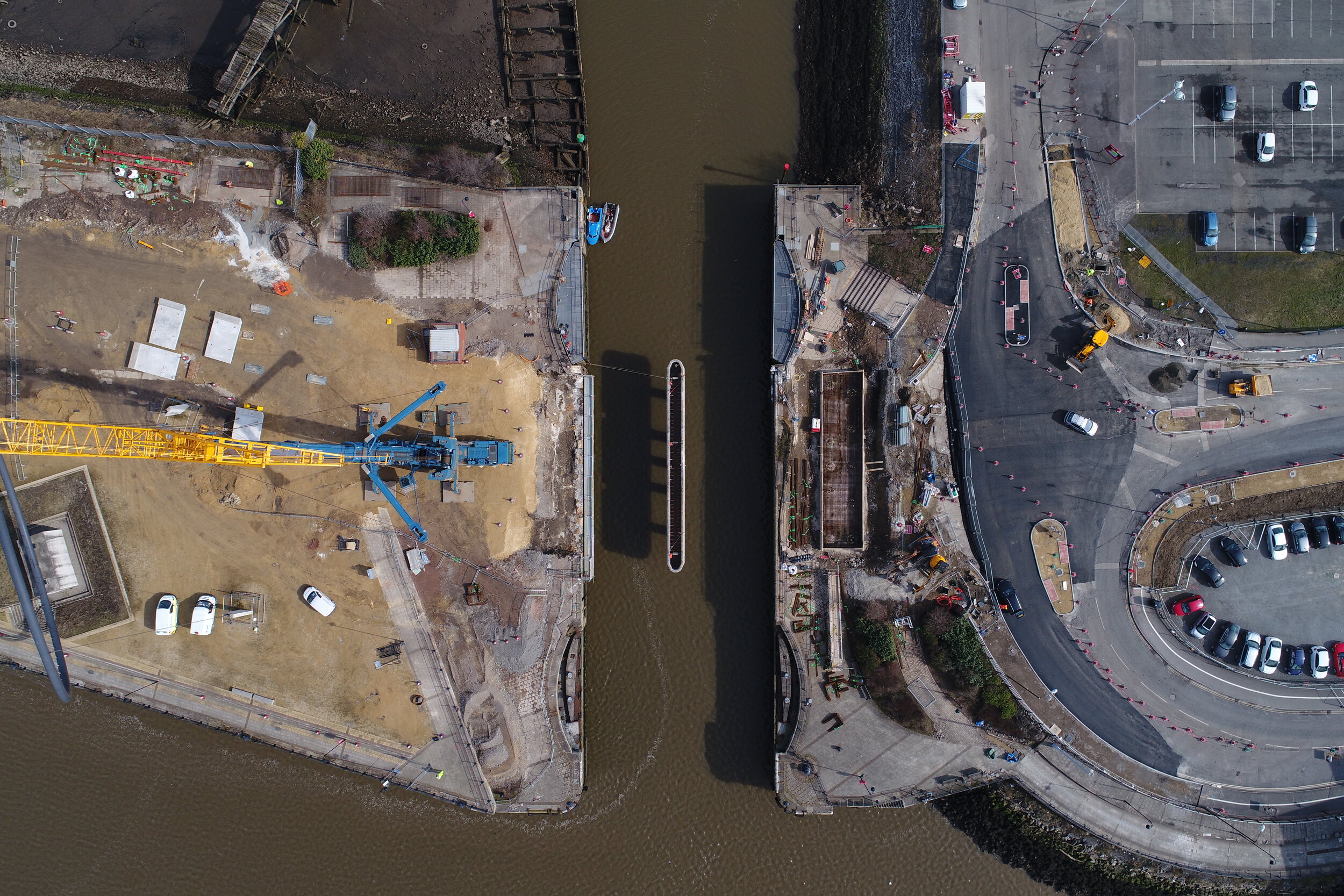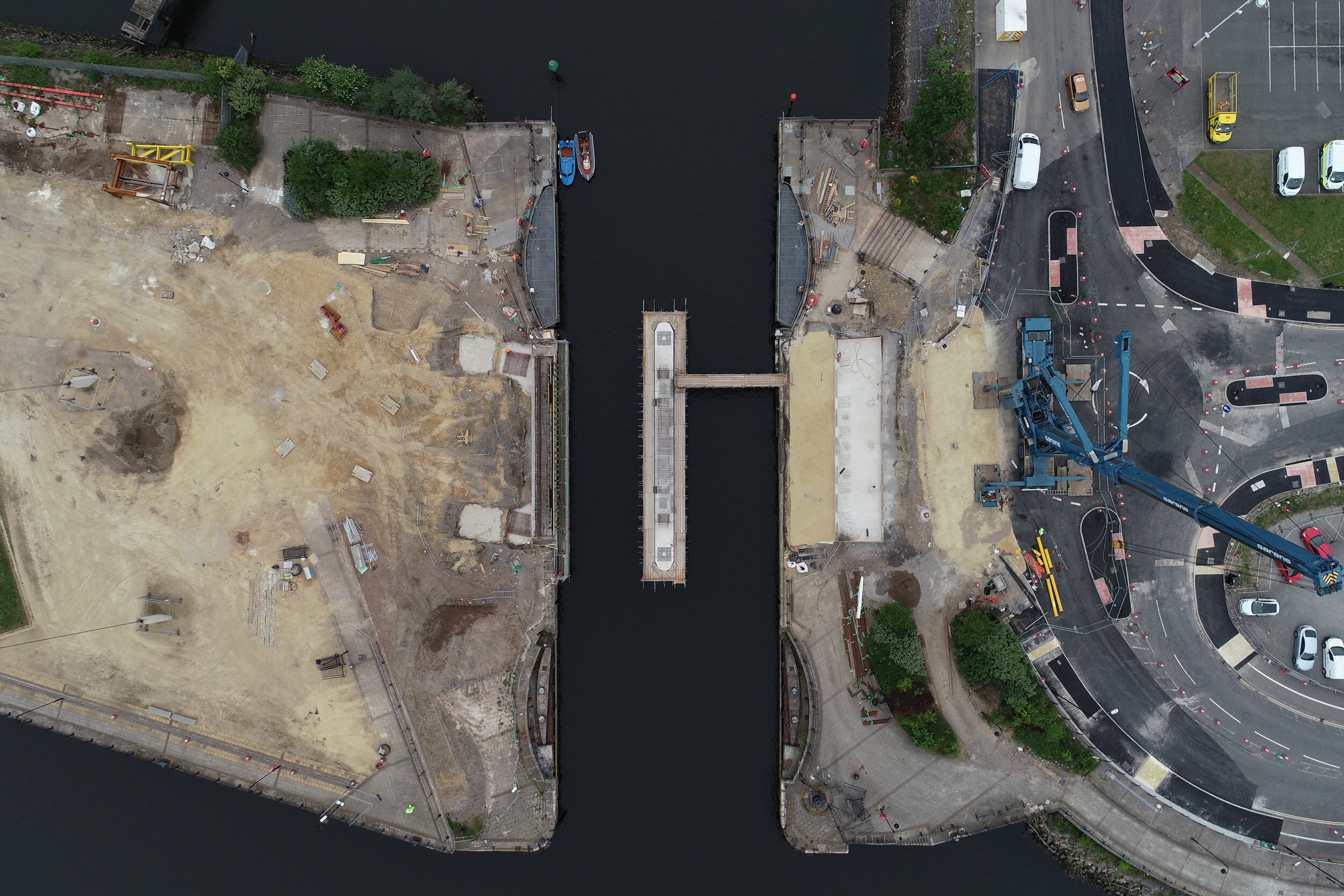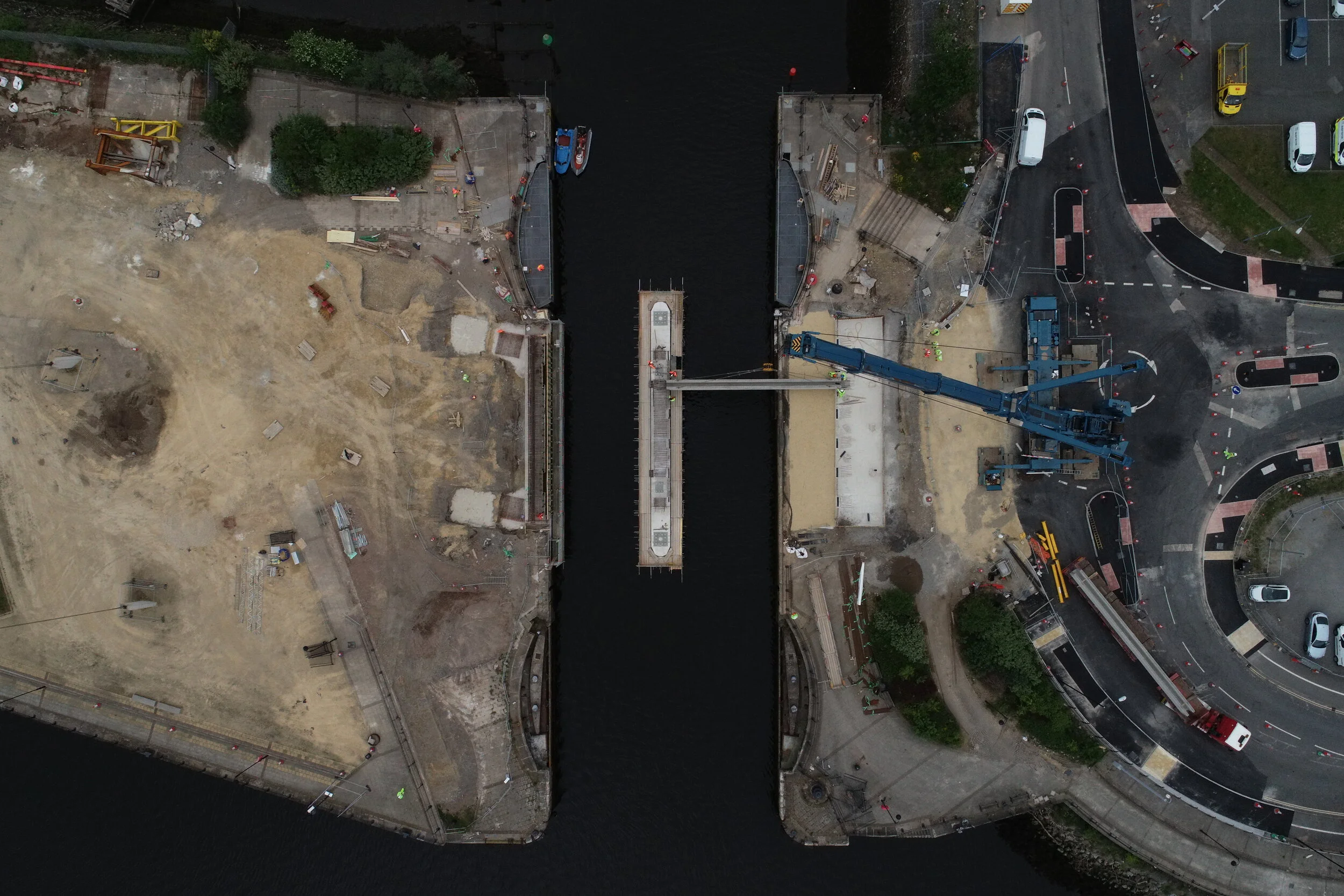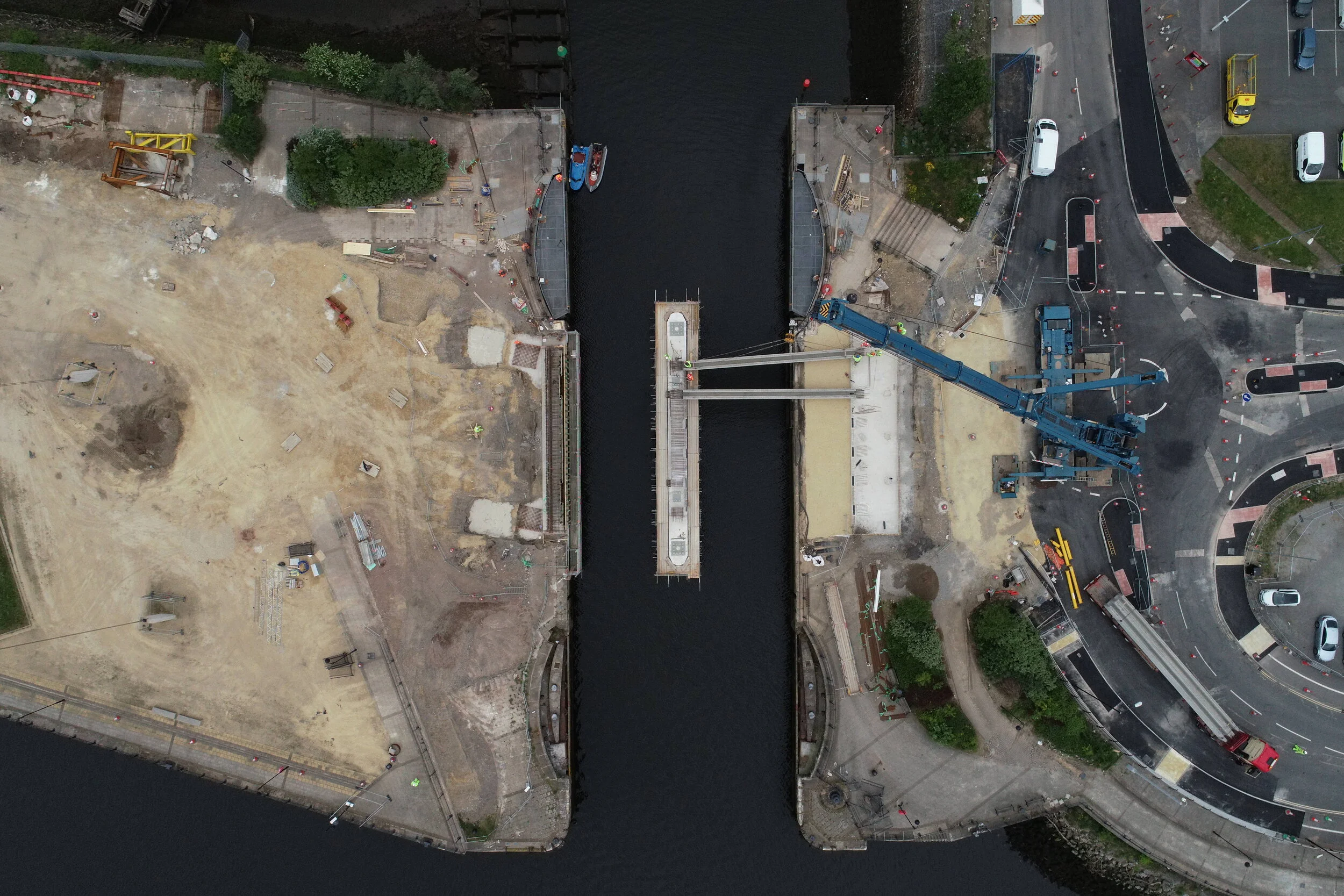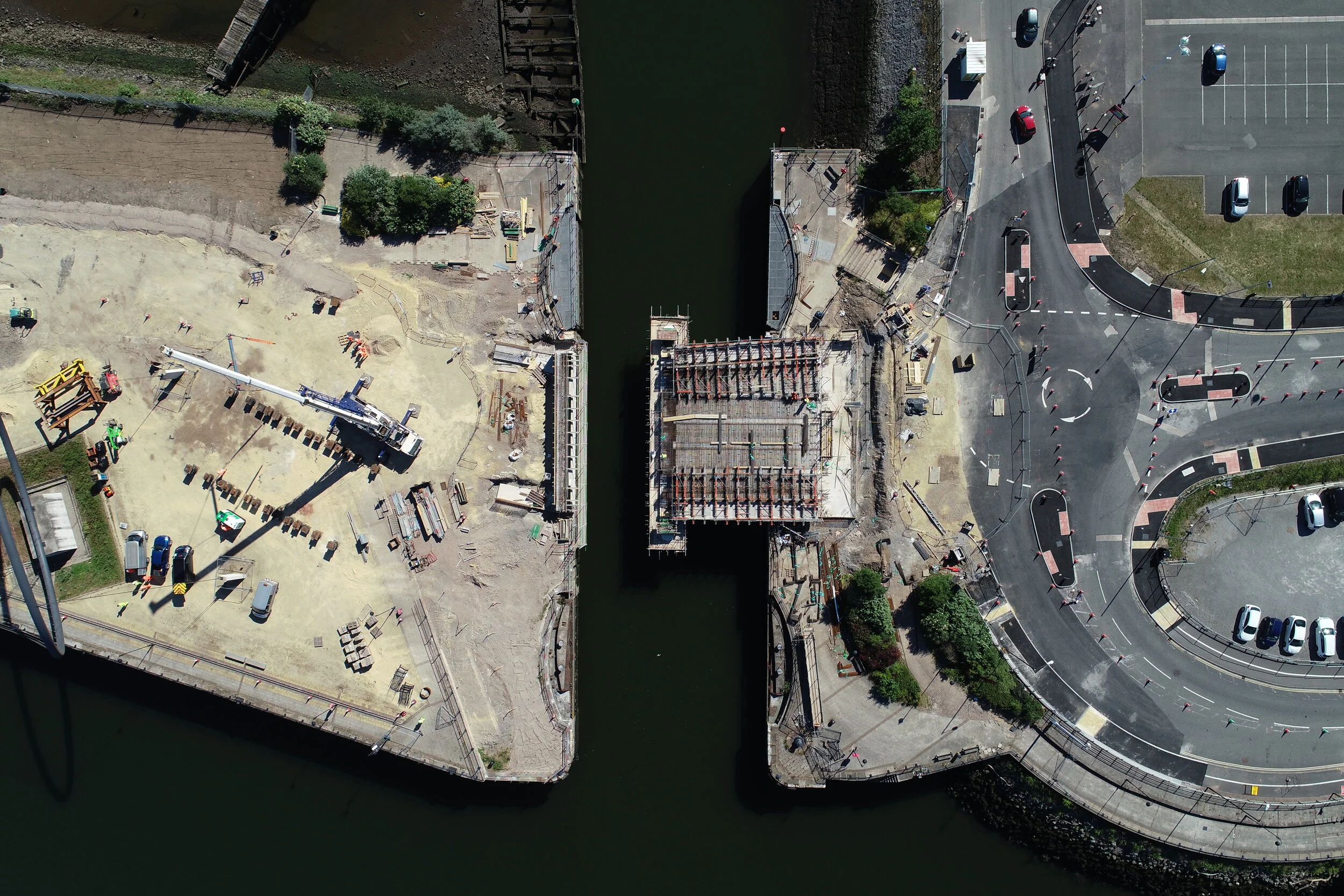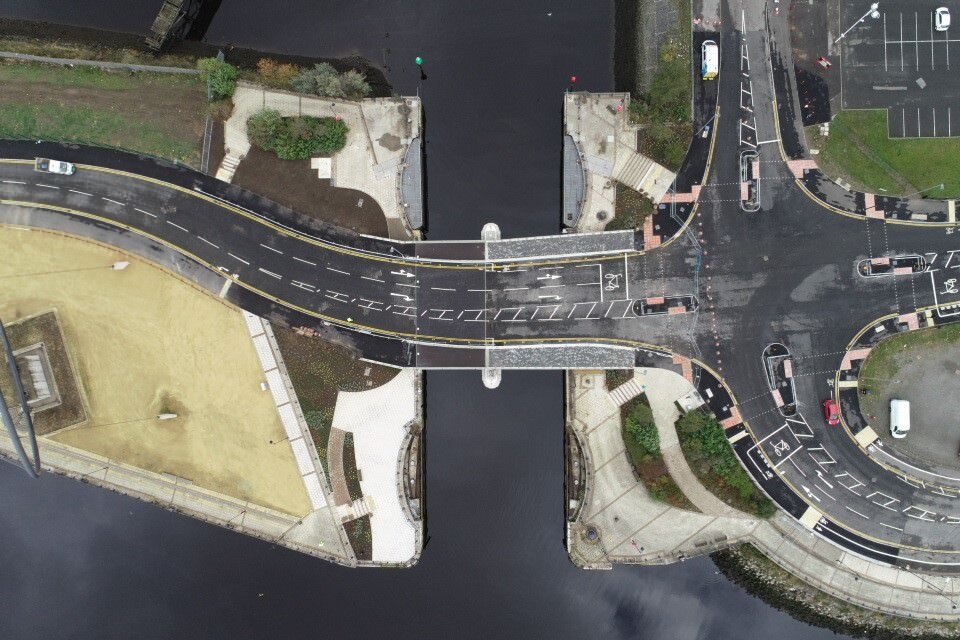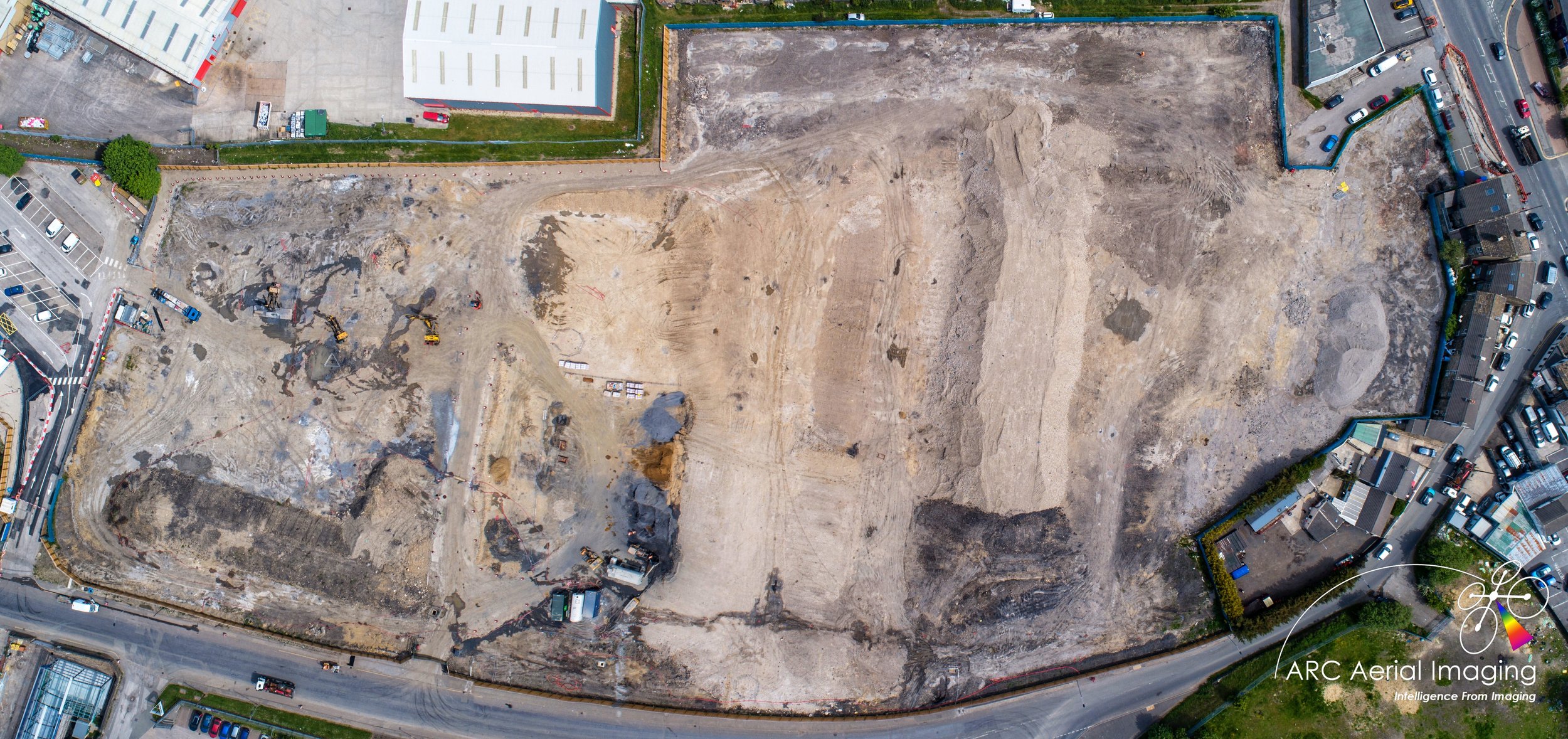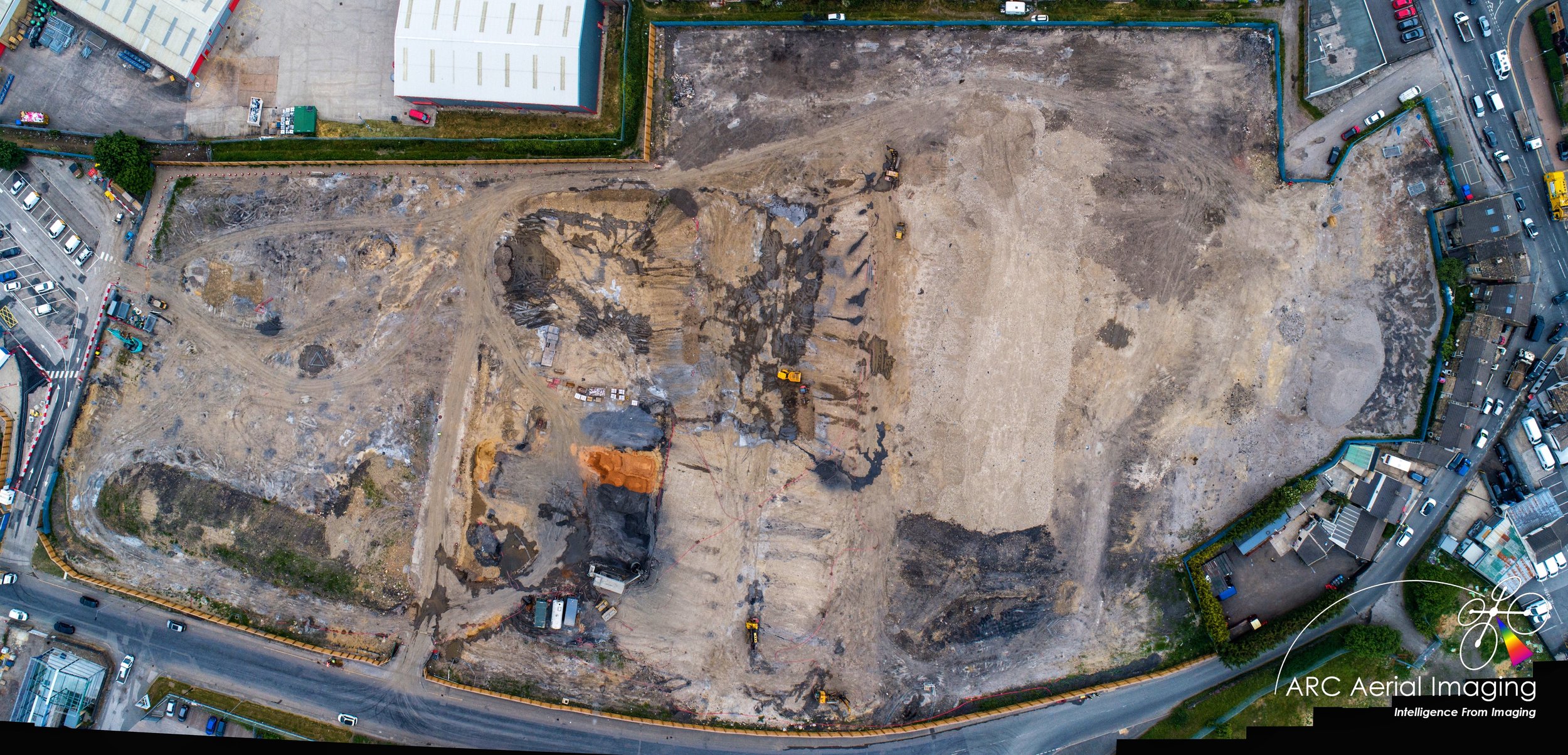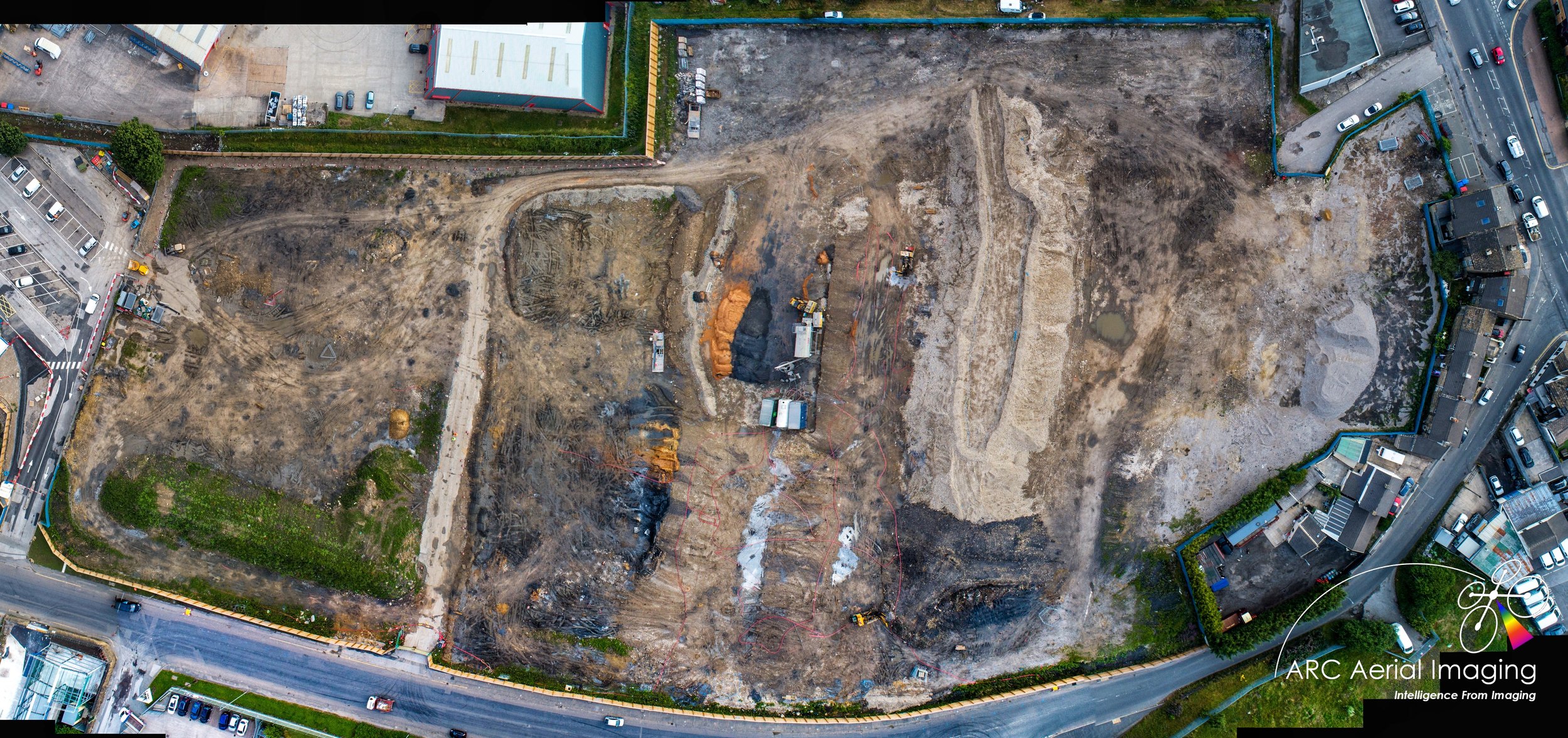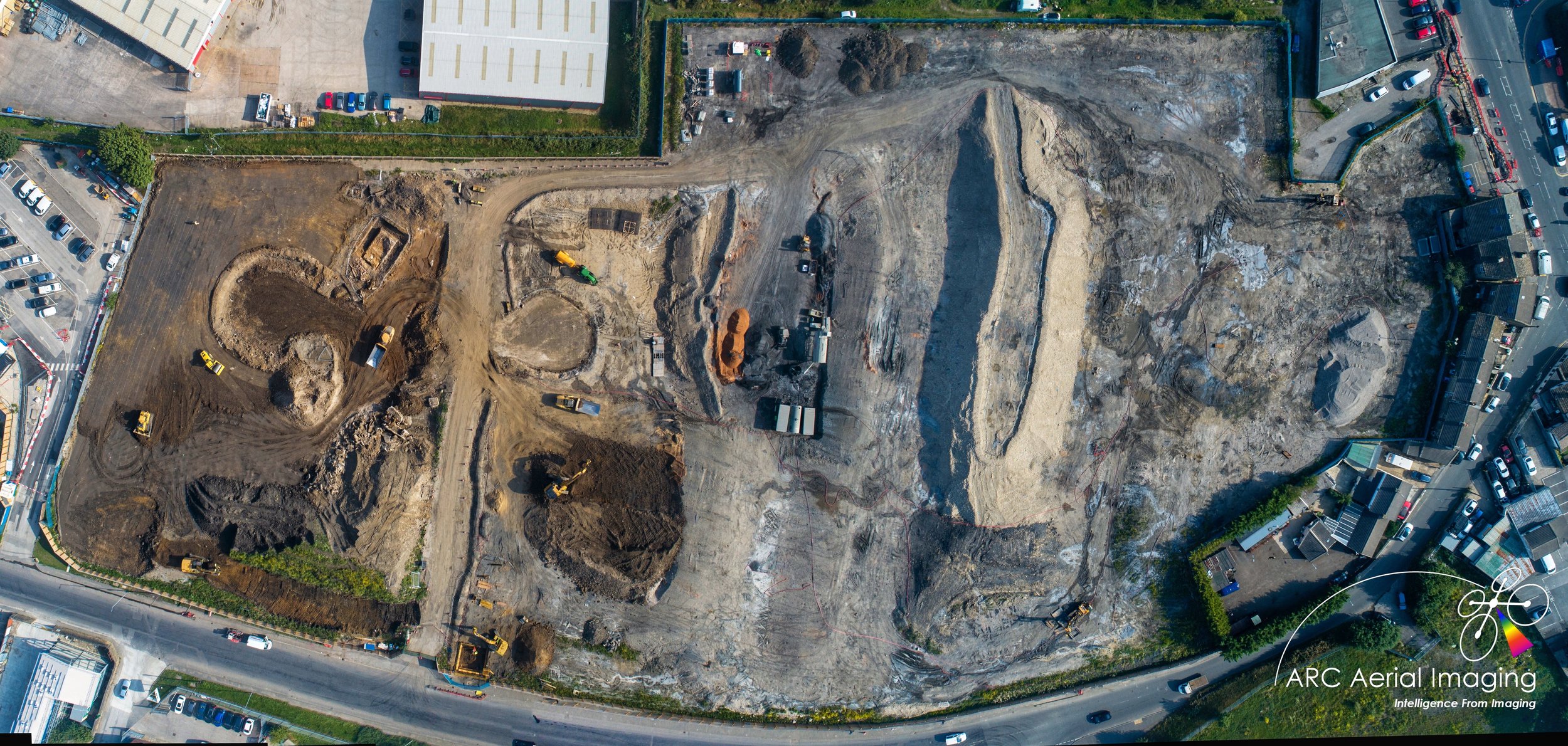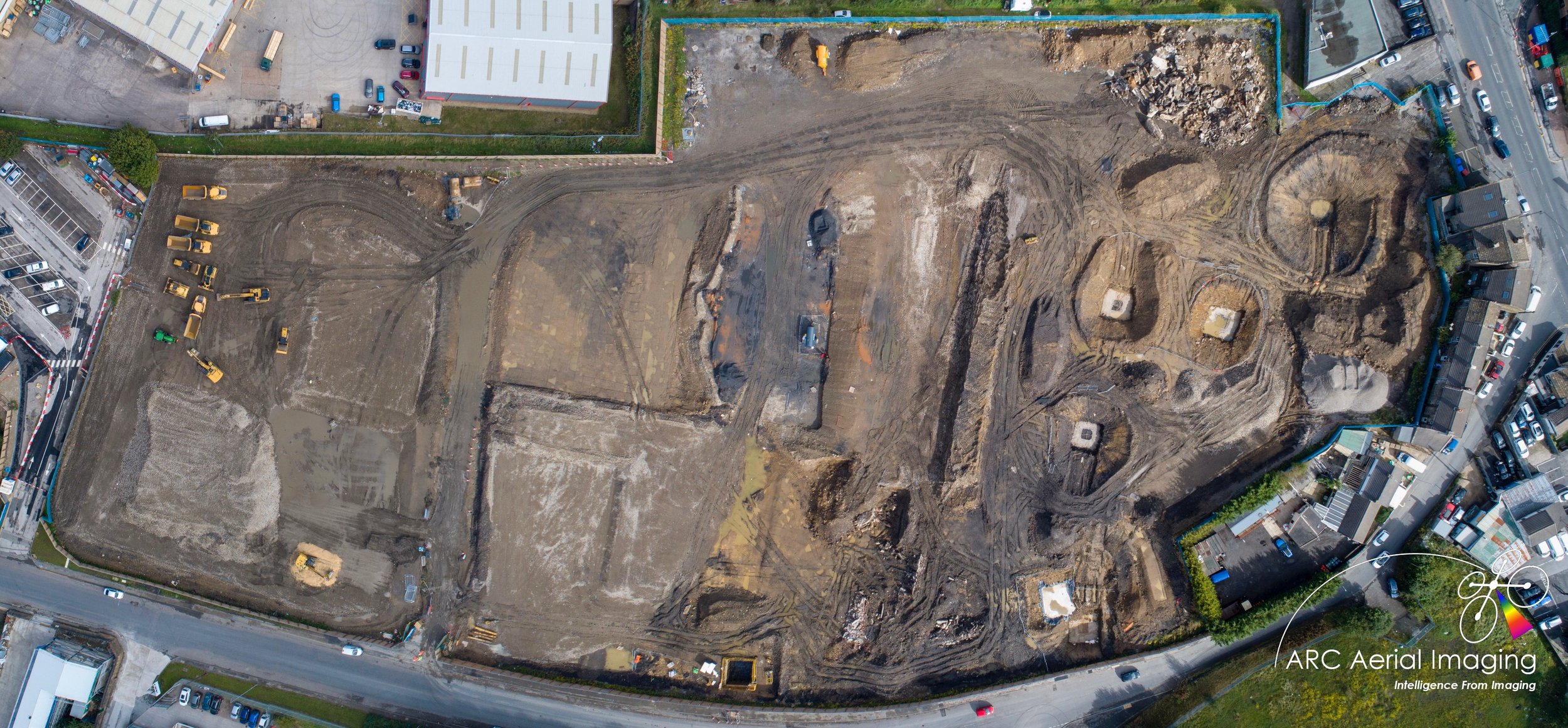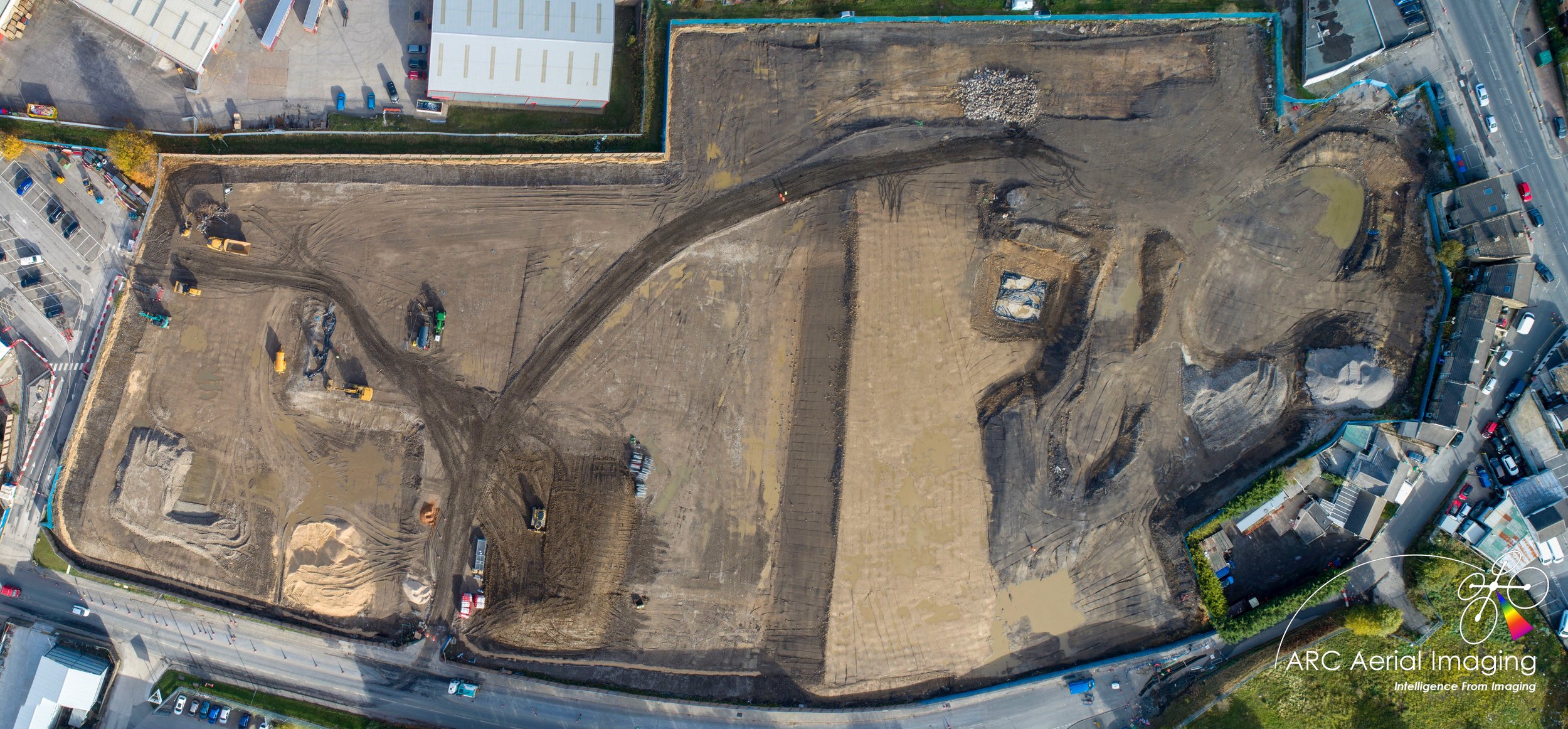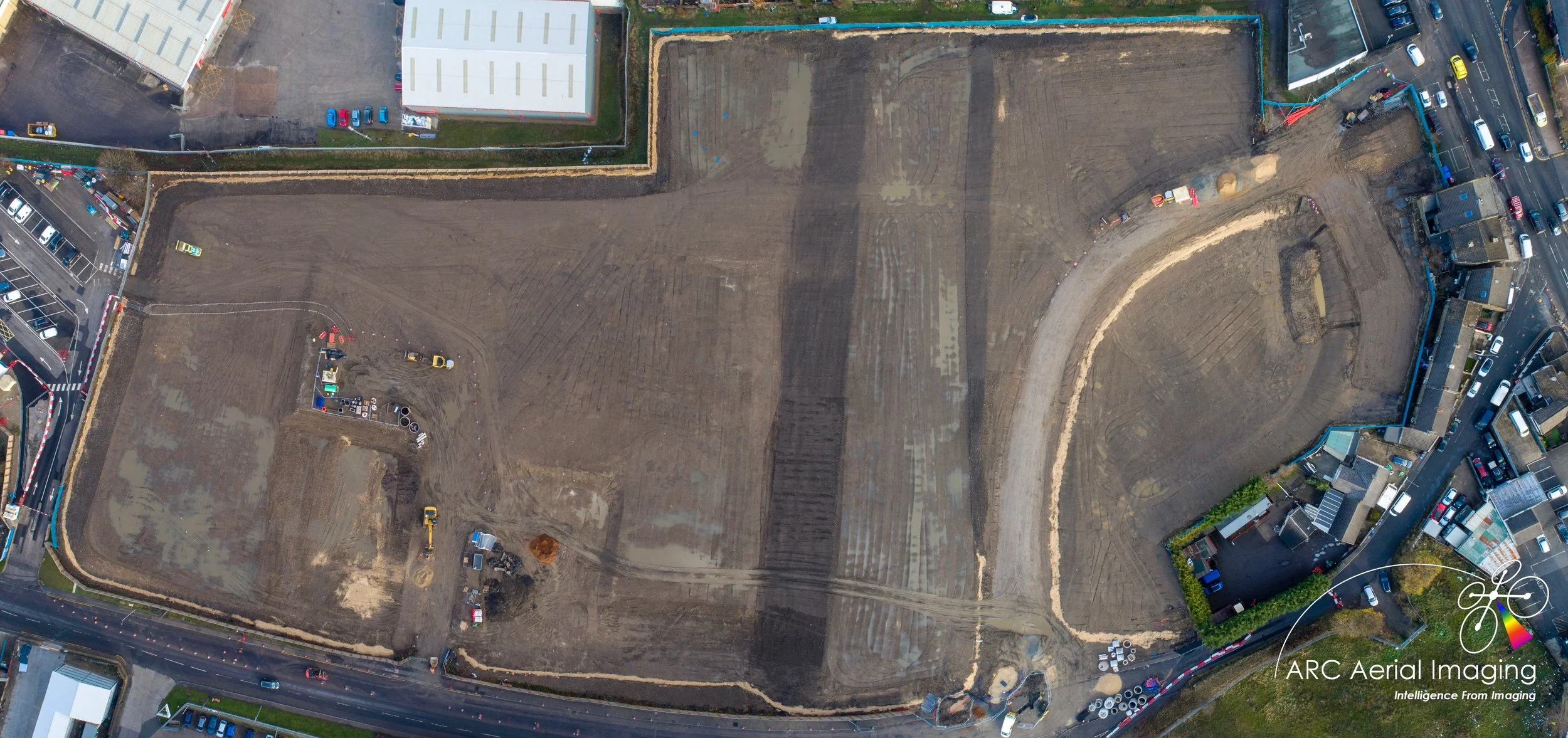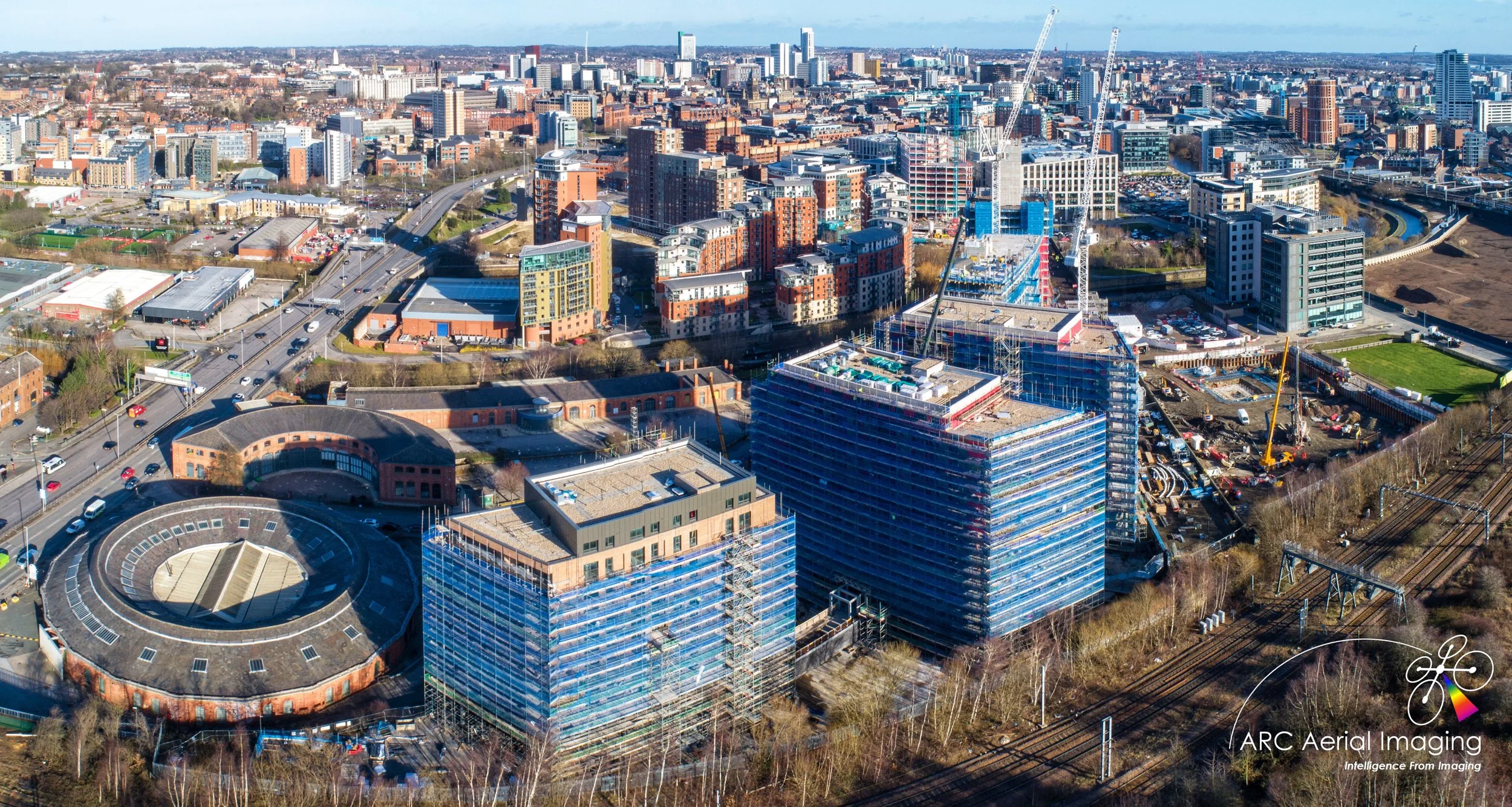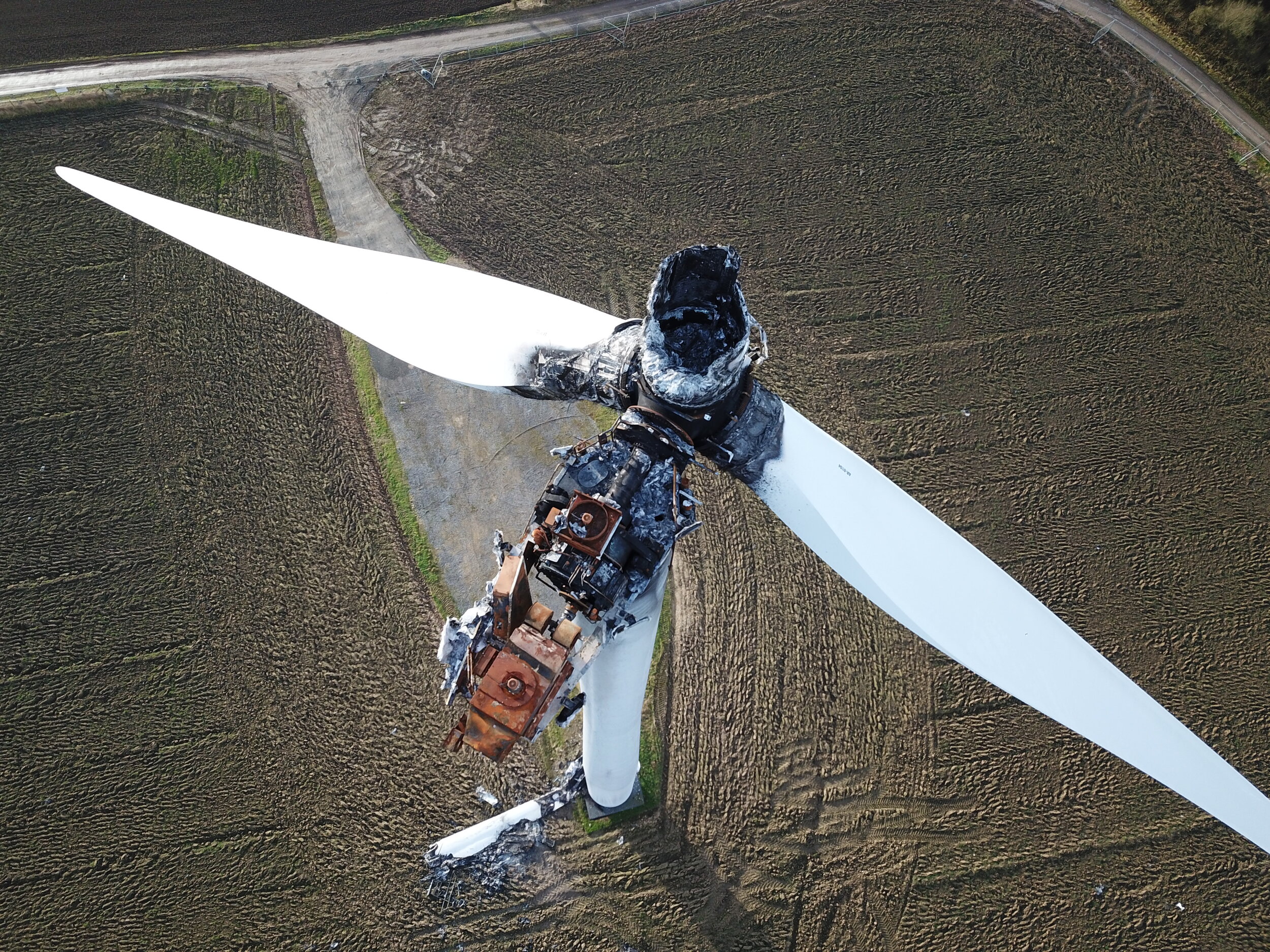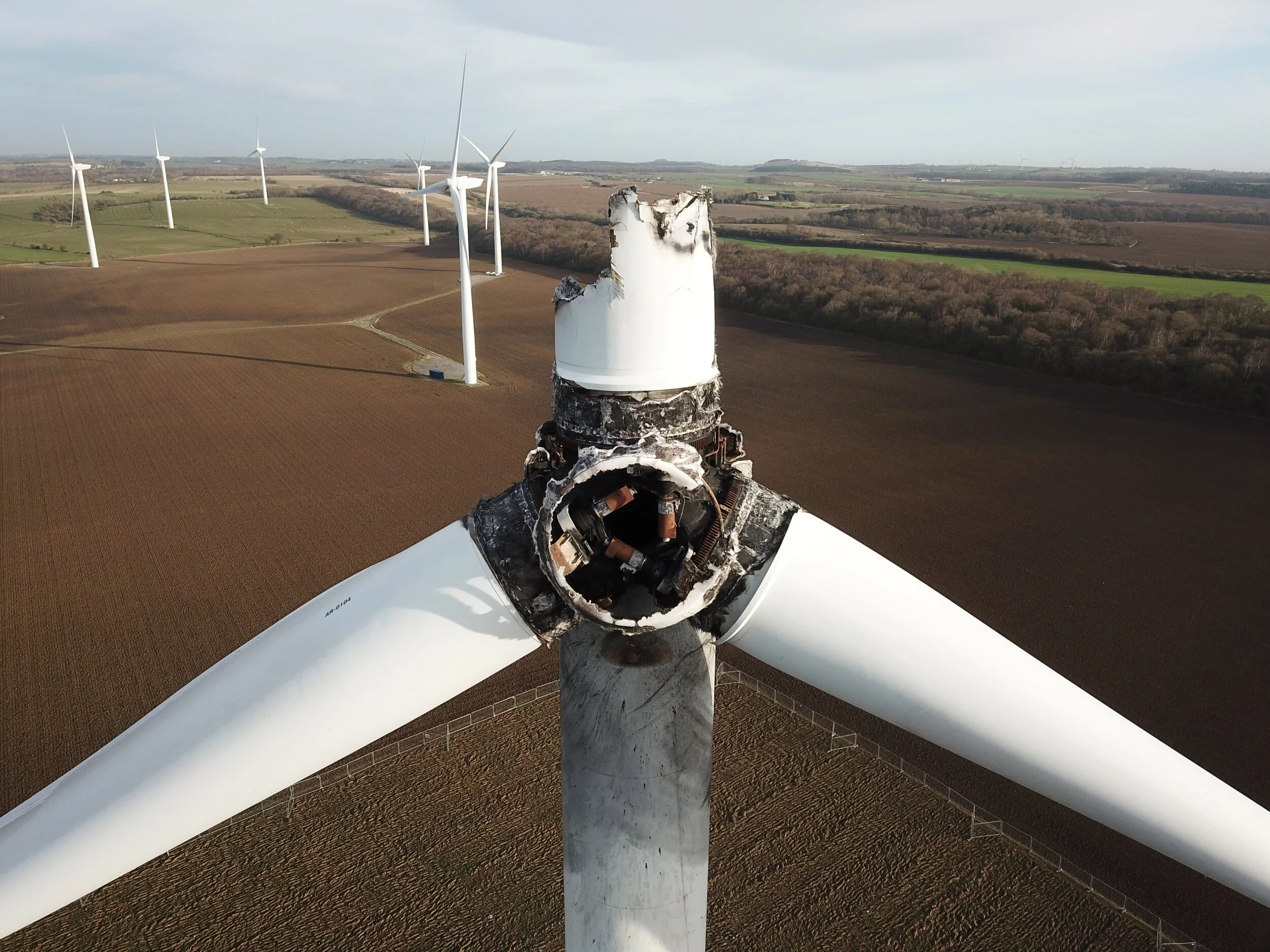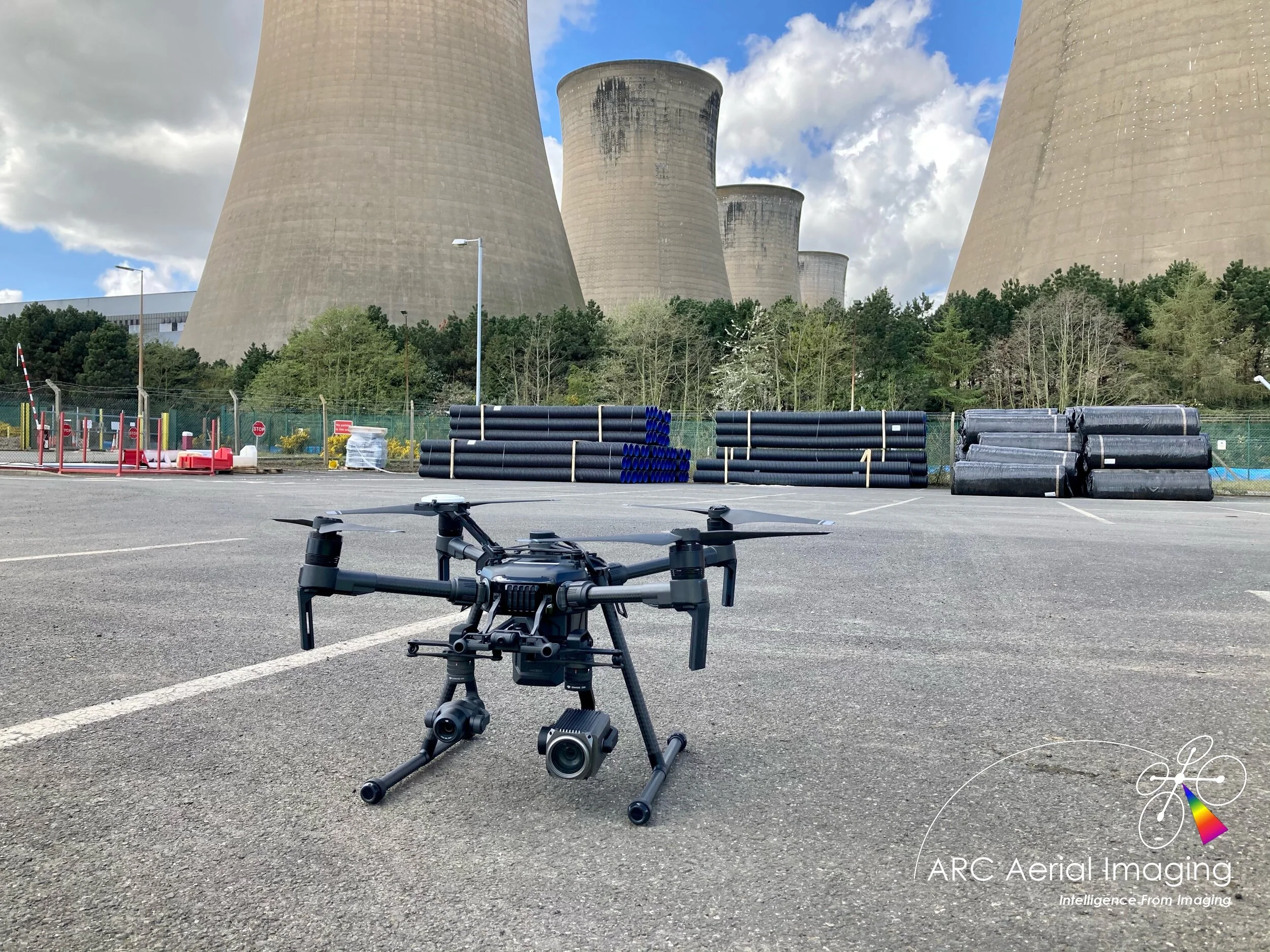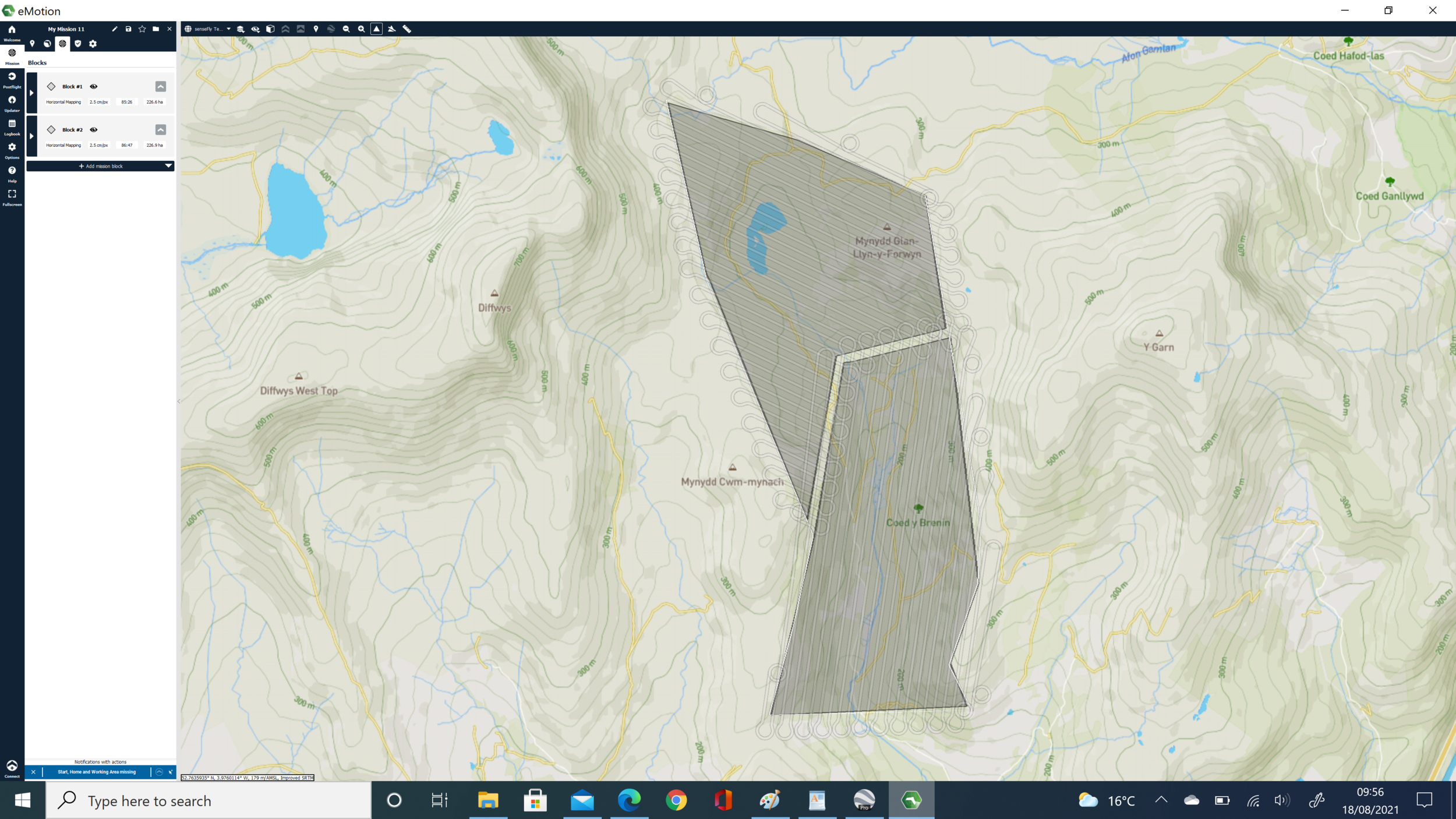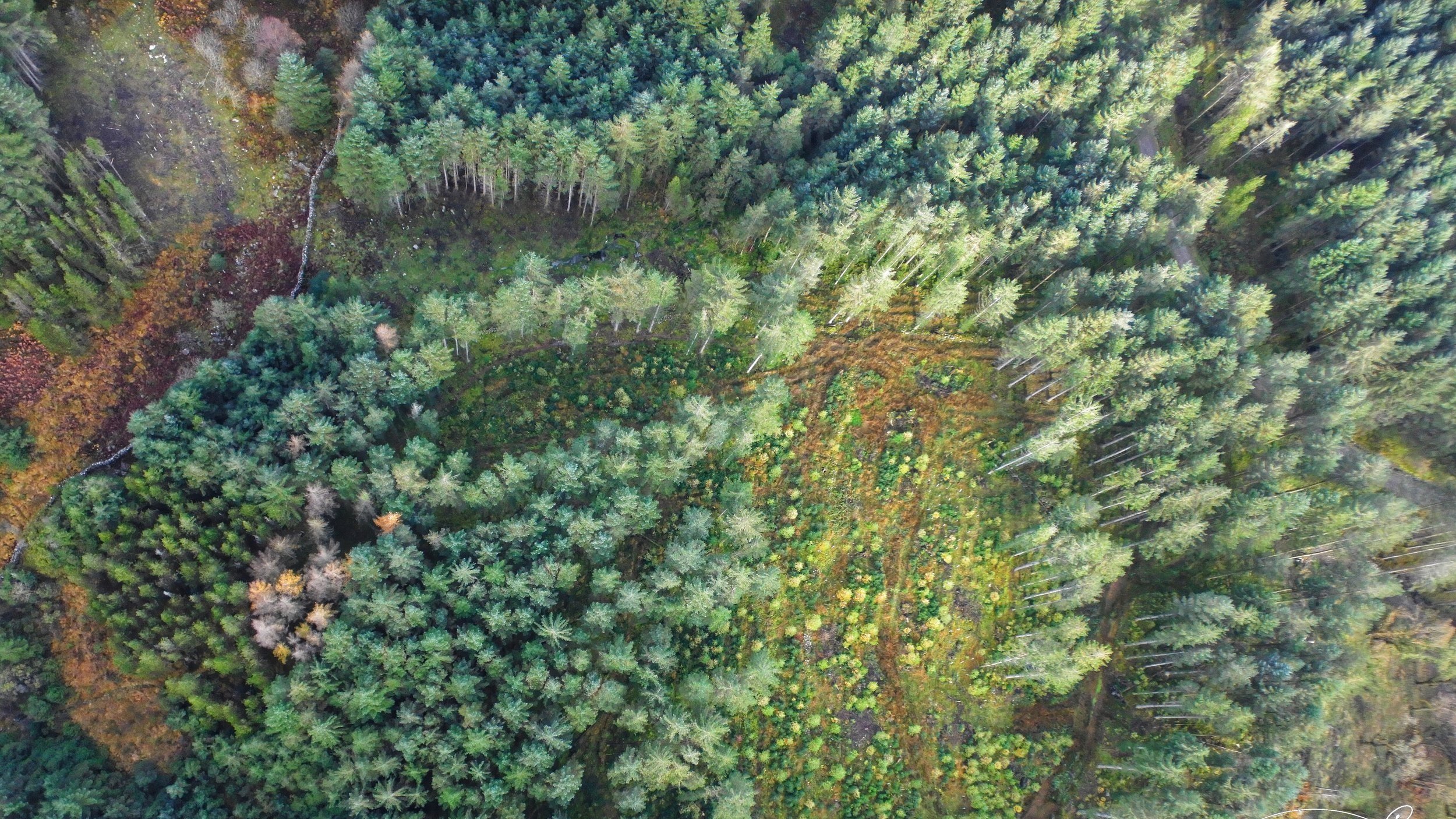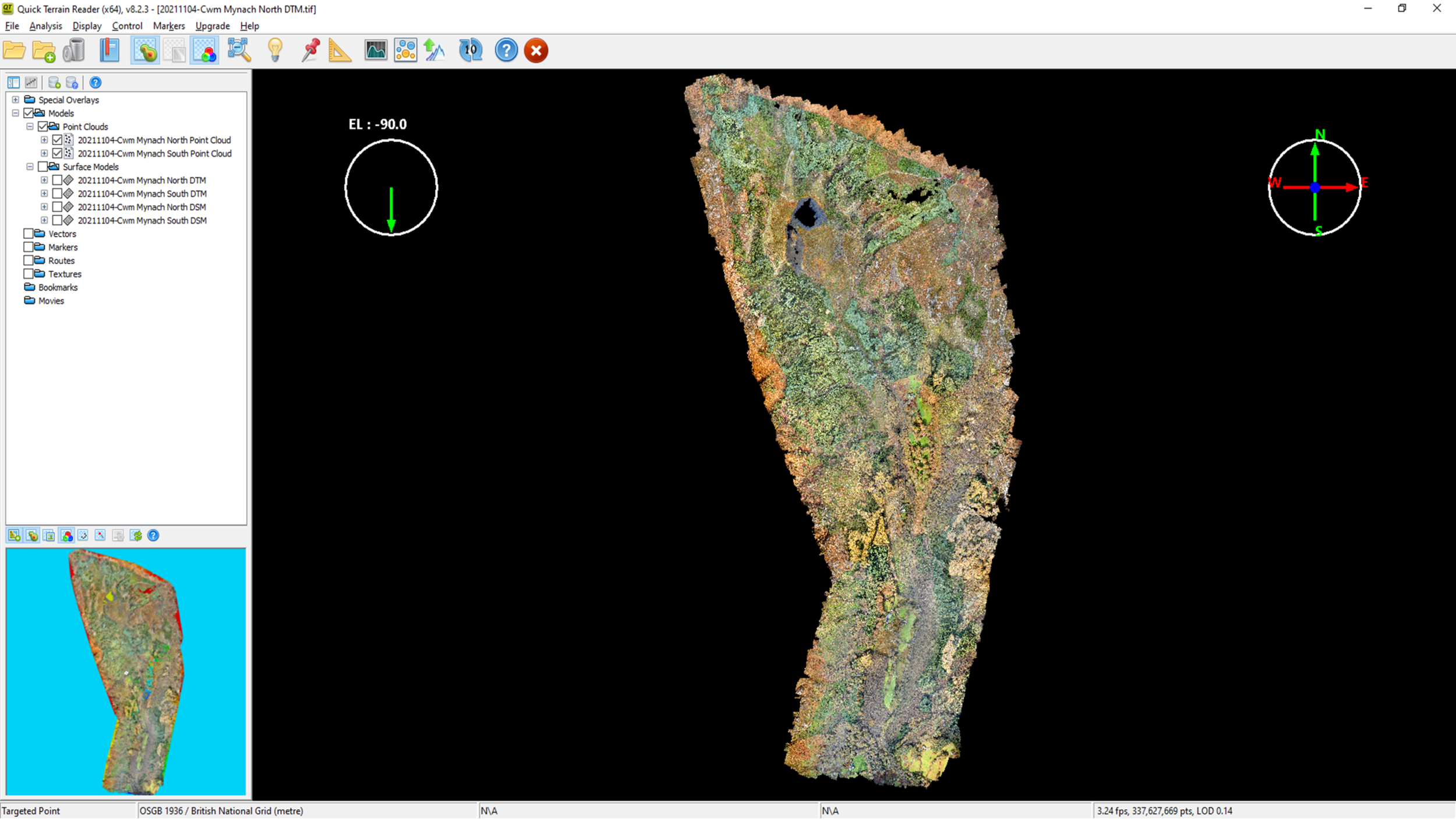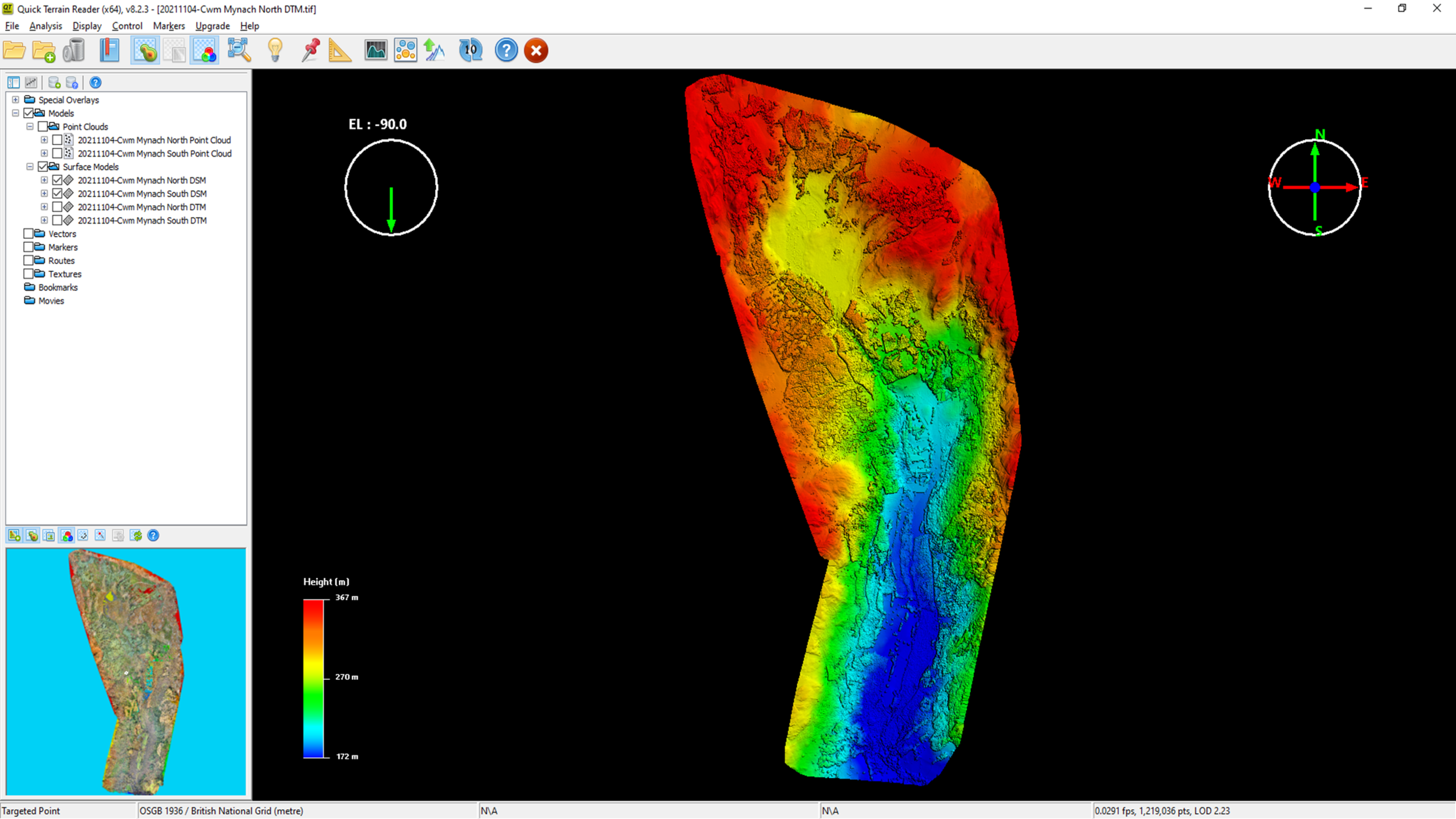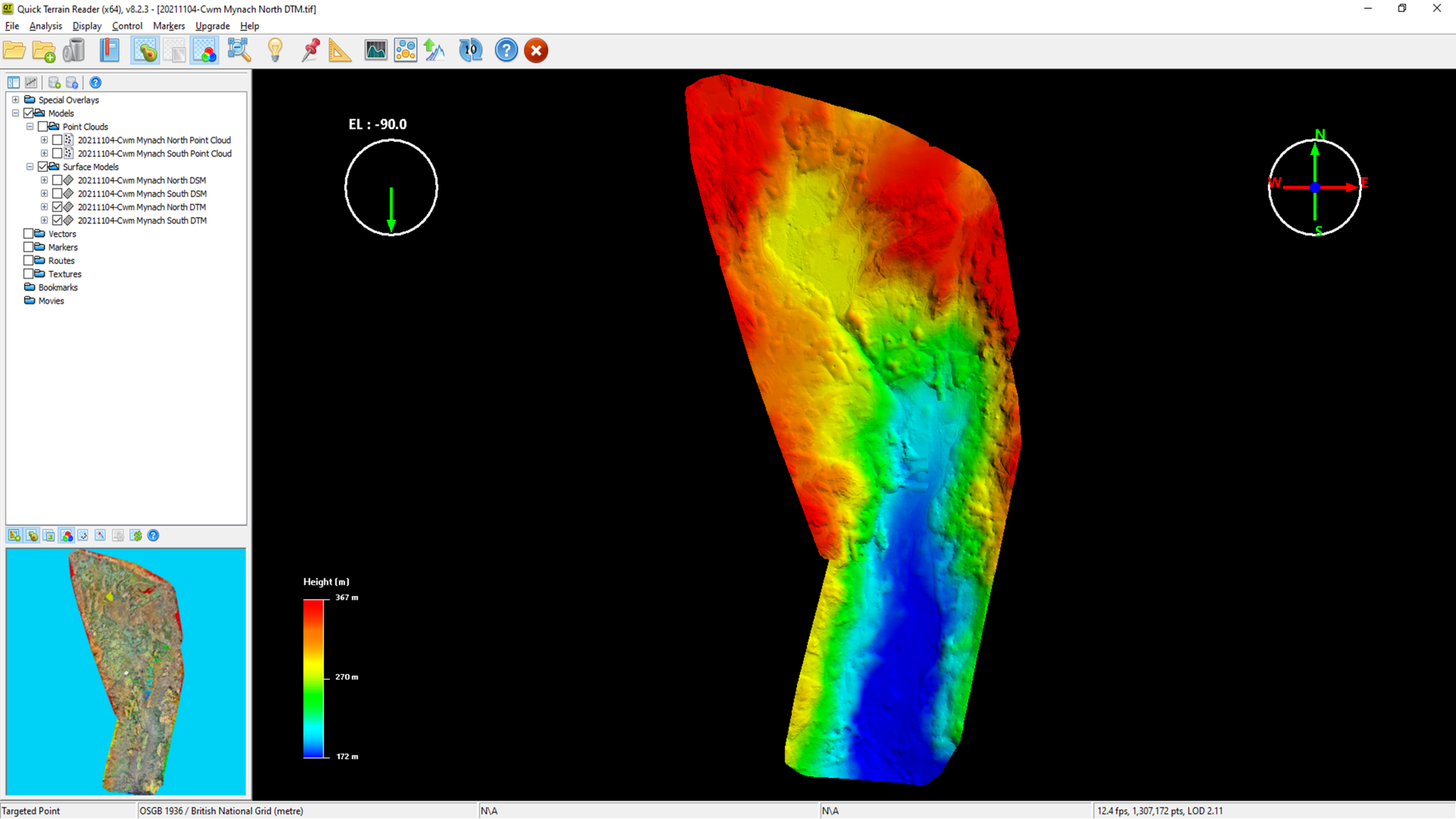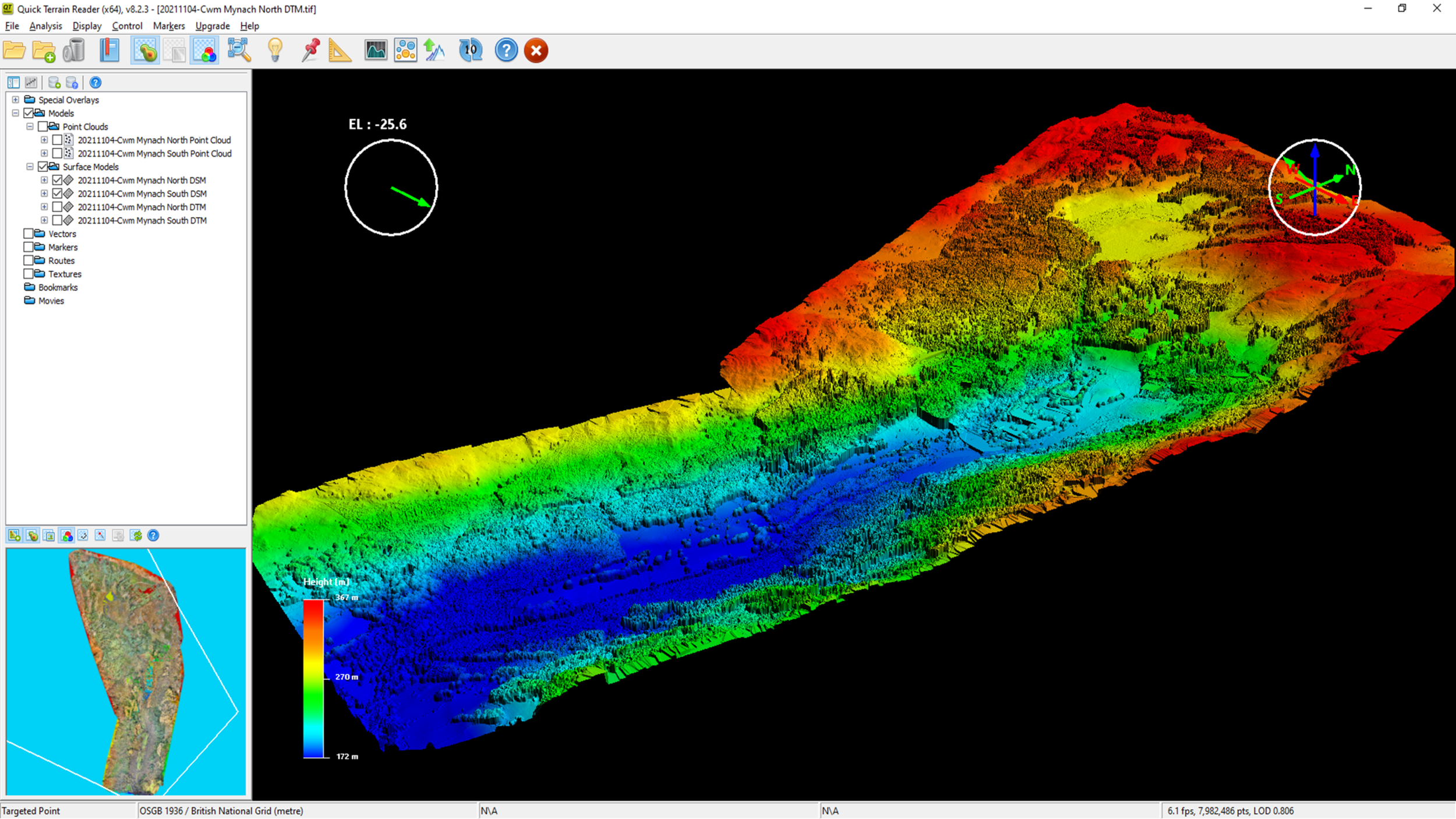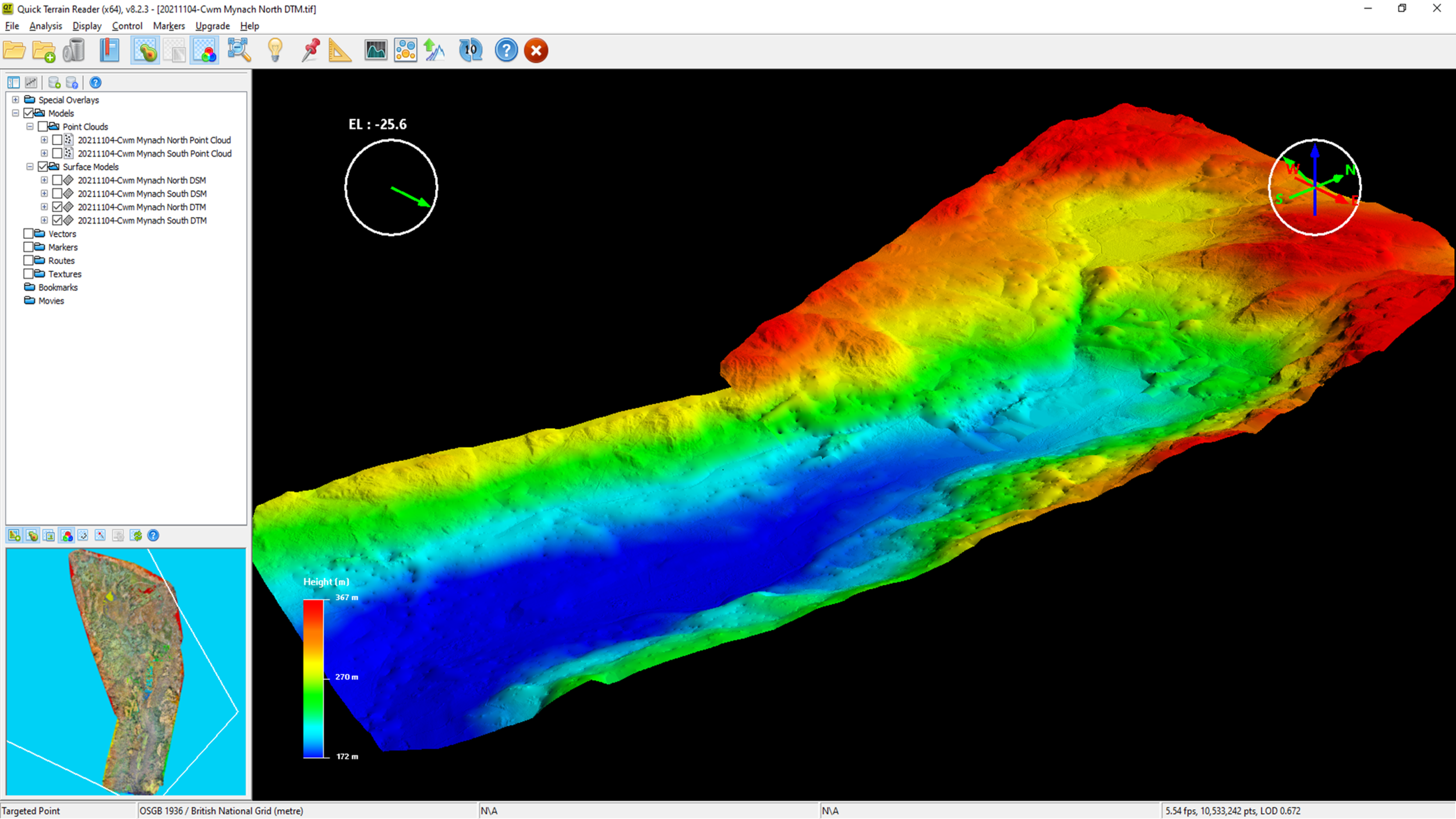




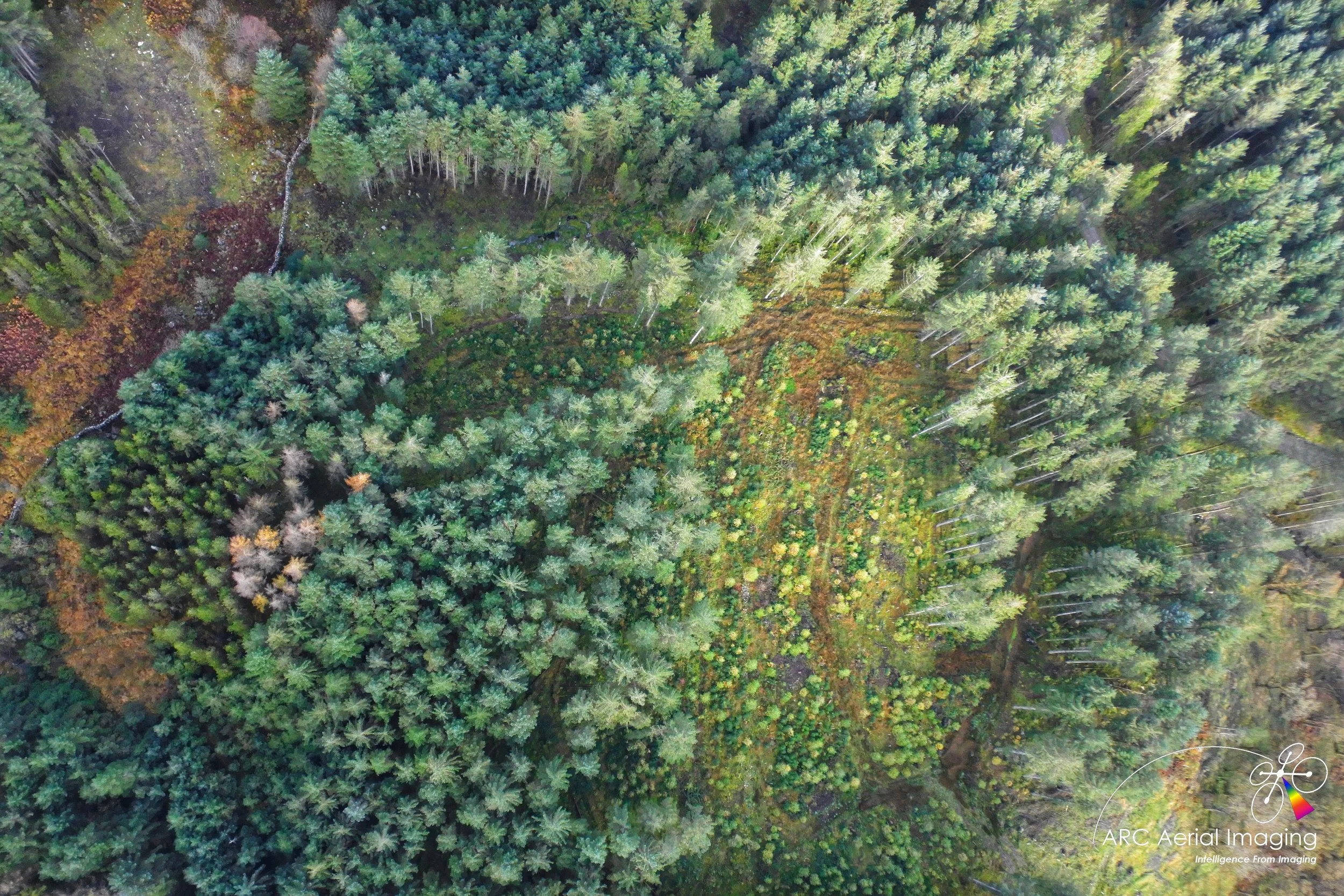

UAV Aerial Surveying Imaging
UAV Aerial Surveys
UAV Aerial Surveying Imaging
UAV Aerial Surveys
BETTER PROJECT INSIGHTS FROM DRONE AERIAL IMAGING
AND INFORMATION-RICH GEOSPATIAL DATASETS.
From agriculture to utilities, ARC Aerial Imaging has been professionally mapping and surveying a broad spectrum of subjects for its clients over the years through various aerial imaging acquisition techniques with the use of its adaptable, highly capable aerial platforms and remote sensing formats to collect multiple forms of imaging to provide highly-accurate geospatial datasets.
Are there different types of topographic surveys? And how accurate are topographic surveys?
There are many types of topographical surveys, and with technology continually evolving, new ways of surveying continues to develop.
The inclusion of drones and drone-based surveys has provided surveyors with many more tools for their toolboxes, and some drone payloads are capable of accuracies in the order of +/-30mm for hard surfaces, +/-50mm for soft surfaces. Professional surveyors must take great care when instructing a drone survey as there are many different factors which can affect the achieved accuracy.
There are several key stages to a successful topographic task with UAVs which in summary involves:
- Defining the desired client deliverables and in their formats;
- Utilising the appropriate data-collecting platform and sensor;
- Planning the acquisition mission;
- Data collection;
- Processing and correcting;
- Delivery of geospatial products;
- Extracting valuable intelligence insights.
Our drone surveys typically capture hundreds, sometimes thousands of high resolution geo-tagged nadir-orientated aerial images during a survey from accurately planned automated UAV flight plans with various software.
With the correct planning approaches and methodologies in place to conduct repeatable autonomous drone flights, accurately collected UAV aerial imaging and processed geospatial datasets that would be aligned with ground control can provide clients with accurate valuable information and spatial data of a civil engineering project’s ongoing progression and development.
How much do topographic surveys cost?
The cost of topographical surveys varies significantly but the factors which make the most difference are the size and complexity of the area of interest and the accuracy to which the data is required. A large area with a high accuracy requirement will be more expensive than a small area with a low accuracy requirement. For further details of costs, these can be found here.
Applications
Surveying with a drone offers enormous geodata information to GIS professionals. With a drone it is possible to carry out topographic surveys of the same quality as the highly accurate measurements that would be collected by traditional methods but in a fraction of the time. This substantially reduces the cost of a site survey and the workload of specialists in the field.
Furthermore, we can survey otherwise unreachable areas yet deliver high resolution aerial maps that would be otherwise impossible to produce in a safe and cost-effective way.
Surveying and GIS
Land surveying.
Cadastral maps and cartography.
Topographical surveys.
Precise measurements.
Land management and development.
Urban planning.
Assisting construction to quickly map large areas for pre-built/pre-cursor evaluations. Our drone-derived data has already been used in many land development projects on the behalf of several large entities - from the early stages of planning, continuous project updates right up to their ‘as-built’ conclusions. It also decreases costs and improves the turnaround time for surveying and construction while helping projects to stay on track with budgets and timelines throughout their durations.
Construction
Datasets for pre-cursor project planning.
Time-lapse aerial imaging and site maps.
Tracking construction project progress for stakeholder updates.
3D models of sites.
Improve the management efficiency of large mining sites and quarries by providing complete data about the state of the site in a short turnaround timelines. Data can be safely produced by us on site without the danger of climbing stockpiles or walking amidst moving plant equipment. All of this at a fraction of the cost and time of traditional surveying methods and without disruptions to site operations.
Mining and aggregates
Inventory and management of stockpile volumes.
Mine or quarry monitoring and operation planning.
Quantity analysis before/after drilling and blasting.
Slope monitoring.
Our typical UAV aerial imagery and processed geospatial outputs…
High resolution (ultra-low GSD) geo-tagged aerial imagery
Orthomosaics (geo-referenced/rectified to BNG OSGB36/OSGM15)
Point Clouds
Digital Elevation Models
(Digital Surface Models/Digital Terrain Models)
Contour Projections
3D Mesh Models
From this imaging accompanied with GCP data, our in-house photogrammetry processing can create and provide those survey-grade geo-referenced geospatial products such as orthomosaics, elevation products and other types of raster and vector data of a tasked surveyed area.
These products can also be exported in multiple and client-specified formats which are compatible and can be ingested into various CAD/BIM/GIS suites to accompany other raster and vector data forms supporting that project.
Orthomosaics
Our drone images are used to recreate highly-accurate, high resolution orthomosaic maps of a variety of tasked subjects. Each pixel contains 2D geo-referenced information (X, Y) which can be used for the recording of distances and surface measurements when controlled with known positional data (GCPs) and with involved scaled for accurate distancing.
Common file formats: GeoTIFF (.tiff), .ecw .jpg, .png, Google tiles (.kml, .html)
point cloud
A highly-densified Point Cloud can be generated from drone images through the practice of photogrammetry. Each processed ‘point’ extracted from imaging pixels that’s been cross-referenced with the same pixels on other images contains valuable geospatial (X, Y, Z) and categorised information which can provide an accurate, if control methods are in place, 3D spatial model for precise and visual insights of a site. Densified point clouds can also be gridded and edited to ‘spatially thin’ them into more manageable and client-stipulated point distancing requirements. Other dataset types, such as Digital Elevation Models (DSMs/DTMs), can be produced from a Point Cloud.
Common file formats: .las, .laz, .ply, .xyz
Digital ELEVATION modelS
Point Clouds can be used to create Digital Elevation Models. Other DEM types such as Digital Terrain Models can be created from filtering and removing above surface matter such as buildings, trees etc from a Digital Surface Model with each pixel representing ground elevation information (X, Y and Z values). These models can also be used to create other dataset types such as contour elevation projections.
Common file format: GeoTiff (.tif)
3D textured mesh
A 3D textured mesh is a reproduction of the edges, facades, vertices and textures of the subject and this output is most useful for the user with appropriate viewing software to interact, visualise and communicate with other project stakeholders with the site.
Common file formats: .ply, .fbx, .dxf, .obj (.mtl & .jpg), .pdf
Reality Capture - a leading photogrammetry solution for our professional UAV mapping applications.
To produce the best we utilise one of the best drone aerial imaging photogrammetry processing applications there is!
Accurately-acquired imaging sets from our various sensing types are ingested into our locally-installed software to produce those high-end outputs. Accompanied with the ability to ingest 1cm - 2cm Ground Control Point positional data, imagery is ortho-corrected to produce ‘survey-grade’ geospatial datasets at client-stipulated accuracies and often within short timeline turnarounds.
We’re also part of the RICS Tech Partner Programme.
As an innovative company we’re a member of the Royal Institute of Chartered Surveyors (RICS) ‘Tech Partner Programme’ that offer and provide clients agile, innovative and creative solutions by utilising UAV technology and remote sensing whilst adhering to the RICS Code of Conduct and Standards.
The RICS Tech Partner Partner Programme allows RICS professionals who are not informed about certain technologies including UAVs, their associated sensing and geospatial deliverables and to access them through collaboration with RICS Tech Partner Members thus taking advantage of the benefits and efficiencies they would provide without having to heavily invest in equipment and training which may distract away from their core commercial and business services.

Precision Point Positioning
Precision Point Positioning
Precision Point Positioning
Precision Point Positioning
ACCURATE POSITIONAL INFORMATION
TO PROVIDE ACCURATE UAV GEOSPATIAL DATASETS.
It's GPS, but not as you know it…
Accredited by an approved training provider, ARC Aerial Imaging can provide accurate point positioning gathering via its Trimble Catalyst networked RTK GNSS.
This professional-grade positioning system is utilised for the recording of 1cm-2cm accurate location data in so that we can acquire highly-precise 3D ground positional information, namely Ground Control Points (GCPs), to accurately align our UAV-acquired aerial imaging within photogrammetry software to produce and provide client-stipulated survey-grade geospatial outputs.
The Trimble Catalyst is the ideal tool towards our efficient and streamlined UAV mapping and surveying workflows.

Civil Engineering and Construction Projects
Civil Engineering and Construction Projects
Civil Engineering and Construction Projects
Civil Engineering and Construction Projects
One of the most effective uses of UAVs is assisting with regional development teams and construction companies. This can start at the initial phases of development planning by providing initial aerial survey imaging and during the progress of construction by providing aerial imaging updates to management teams/stakeholders right up until the completion of a project.
Using drone-derived data in civil construction to track job progress, monitor quality saves you time and money when compared to traditional survey methods.
UAVs can provide time-lapse aerial imaging to project stakeholders involved in the project an enhanced way to appreciate the scale, layout and complexity of large projects from various collection aspects. Additional benefits of multi-rotor aerial imaging include:
ARC Aerial Imaging's multi-rotor UAV platforms are much more flexible than a fixed mast, cheaper and safer than using a helicopter even for large construction projects. The platforms require little space to take off/land and can be prepared relatively quickly before each flight.
A "live" video downlink feed from an attached monitor or tablet capability for the benefit of onsite consultation with the project and construction site managers for imagery acquisitions.
On board cameras can be instantaneously switched from stills to video and vice-versa both on the ground and whilst airborne enabling to capturing of more and varied aerial content of the project.
Many UAV uses in construction fall under the broad header of project support. That includes construction progress reporting, providing images for documentation and monitoring safety. Overall, our UAVs can help with scheduling, communication, and improving accuracy on all types of project functions.
For mapping and surveying of sites, our UAVs can also fly at low level, serpentine flights over projects by often recording hundreds of images in the process. Our photogrammetry software can be used to stitch/mosaic together the images creating a single, large image of a site for those project communication purposes.
Furthermore and by collecting regular aerial stills and video from the same captured angles via automated way-pointing flight protocols, construction companies can obtain a comprehensive time-lapse aerial portfolio including immersive 360 degree panoramas of sites documenting how their projects are progressing from static aerial aspects and viewpoints for additional stakeholder updates.
We’ve provided and continue to deliver UAV aerial imaging support for these entities and on their significant civil engineering and award-winning construction projects…

Initial Elevated Inspections
Initial Elevated Inspections
Initial Elevated Inspections
Initial Elevated Inspections
ACCESSING THE UNACCESSIBLE.
As part of our comprehensive UAV aerial imaging services, we can access the unaccessible and are able to provide an unrestricted amount of high resolution/highly detailed aerial imagery and a variety of analytical and visual products with informed and actionable information that can be incorporated into your structural inspection reporting methods.
Our powerful UAV-mounted imaging sensing can directly access difficult locations resulting in an improvement not only to safety for inspection-related undertakings but also to the speed of information gathering and the dissemination of this data to the client is rapid.
What level of initial structural survey and inspection information detail do you require?
With broader aerial imaging options for key infrastructure inspections and surveys that can be captured at various focal lengths between or specific imagery resolutions and their scaled-for imaging outputs, ARC Aerial Imaging has an impressive inventory of powerful sensing equipment in its inventory.
Its UAVs and services have proved capable by providing valuable aerial imaging imaging and data effectively, efficiently and safely to its clients.
Real time inspection feed.
Through the use of a deployed tripod-mounted field monitor, ARC Aerial Imaging can produce a live feed of your assets and critical asset infrastructure for the benefit to either a member of the facilities management or processing engineering team whilst an inspection is being carried out.
So, obtaining survey data (images) is far safer and the enhanced quality of such imaging information means that inspection, repair or maintenance teams can directly pinpoint issues, saving time and money instead of allocating initial inspection resources (scaffolding, MEWPs, etc).
Our Matrice 210 UAV fitted with the 30x optical/6x digital zoom Zenmuse Z30 aerial camera for highly-detailed inspection imaging.
Imaging from the powerful 30x optical zoom Zenmuse Z30 aerial camera onboard our Matrice 210 UAV.
Aerial Visualisation Products.
We can also provide aerial visualisation products of infrastructure sites and their surrounds. The creation of 3D models and 360 degree visualisation panoramics taken from specific operating heights can be applied to give an immersive visual appreciation on the scale and extent of sites with products also annotated at specific points for referencing and documentation purposes.
Drone Flight Telemetry Information.
Telemetry data sourced from our drone flight operating logs can also be made available either as additional collateral information (.txt & .csv files) for technical auditing and imaging referencing uses. This can also be overlayed and rendered to inspection videos (below) enabling structural inspection teams and project managers/stakeholders to understand the drone’s positional behaviours when reviewing those inspection videos during assessments of subjects and for the inclusions into their reporting methods.

360 Degree Aerial Panoramics
360 Degree Aerial Panoramics
360 Degree Aerial Panoramics
360 Degree Aerial Panoramics
Immersive 360 Aerial Panoramas
In addition to our increasing catalogue of specialist aerial imagery and spatial products, ARC Aerial Imaging can also provide static interactive 360 degree aerial panoramics and aerial virtual tours.
Captured from various heights and at specific locations, the creation of 360 degree aerial panoramics can be applied to give a greater visual appreciation of subject scale and extents which can be applied for a variety of uses including:
Major construction project progressional visual updates for management teams and stakeholders;
Line-of-Sight studies for Telecommunications;
Commercial/Residential Property Planning and Marketing;
Overviews for Estates for Environmental and Land Management Assessment uses;
Overviews of large facilities for security applications;
Outdoor business overview visuals;
Interactive and immersive aerial visuals for business marketing.
These 360 degree aerial visuals can be provided either via online or be created as a standalone product for their intended embedding into client-administered websites.

Forestry and Land Management
Forestry and Land Management
Forestry and Land Management
Forestry and Land Management
DRONE-BASED MAPPING FOR FORESTRY AND LAND MANAGEMENT
Drones have become an invaluable part of the tool kit available to forest managers. This is because they can autonomously-collect high resolution and other forms of geo-data of forests, quickly and at a relatively low price. Through this capability drones and their coupled sensing can both improve upon and fill knowledge gaps by providing up-to-date imaging data instead of using expensive and often out-of-date satellite remote imaging (eg Google Earth) or through surveys conducted by manned aircraft.
Range of drone aerial imaging applications include...
Forest acquisition surveys and promotional filming for prospective buyers or agents;
Surveys of forestry operations (eg, timber harvesting, road construction and drainage studies);
Site condition surveys and scouting with oblique videos/still photography or vertically geo-rectified aerial nadirs to generate geospatial datasets with photogrammetry for use in GIS such as…
Ground condition and crop surveys (site vegetation and species mapping);
Tree health, condition studies and monitoring;
Wind throw surveys (for land management and insurance uses).
